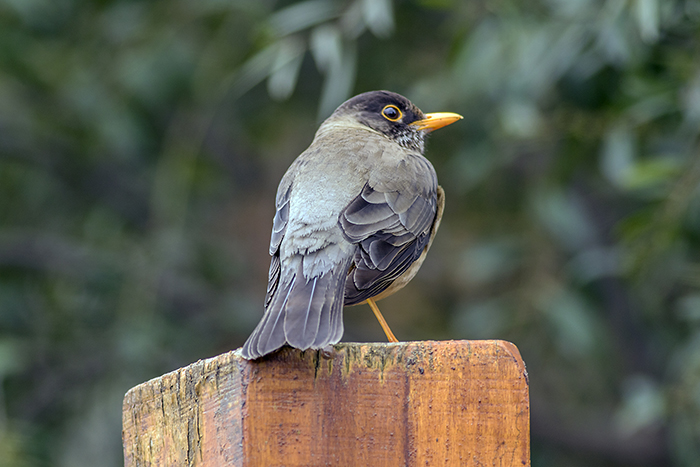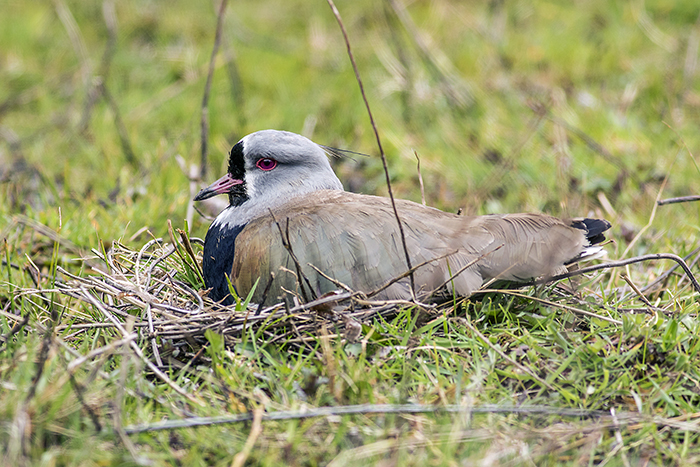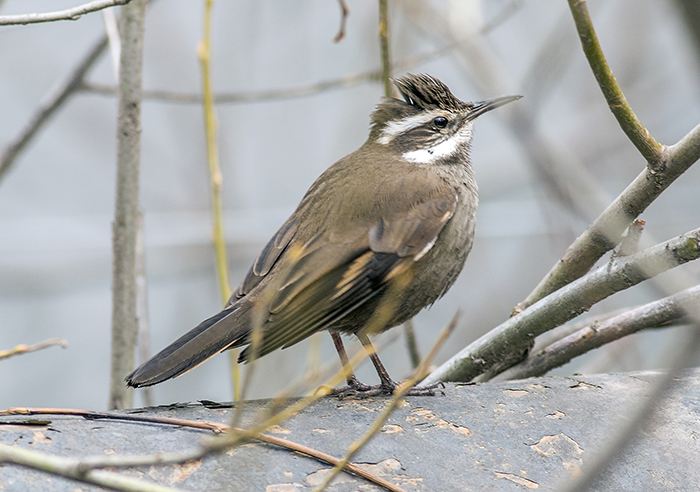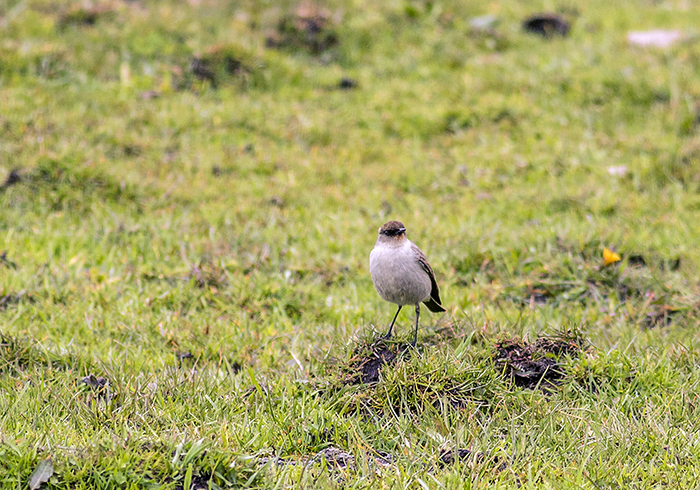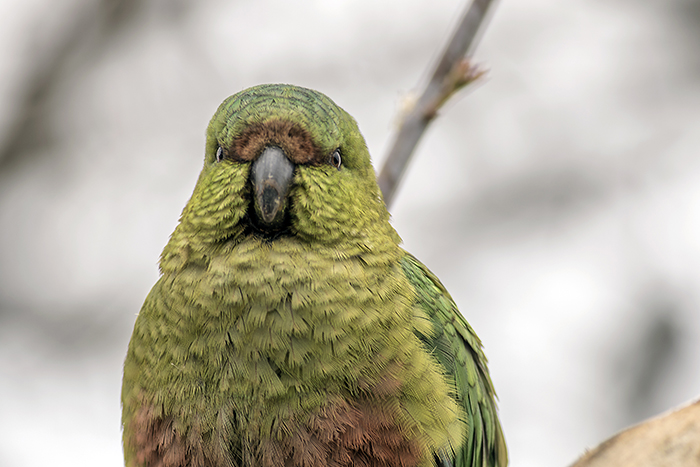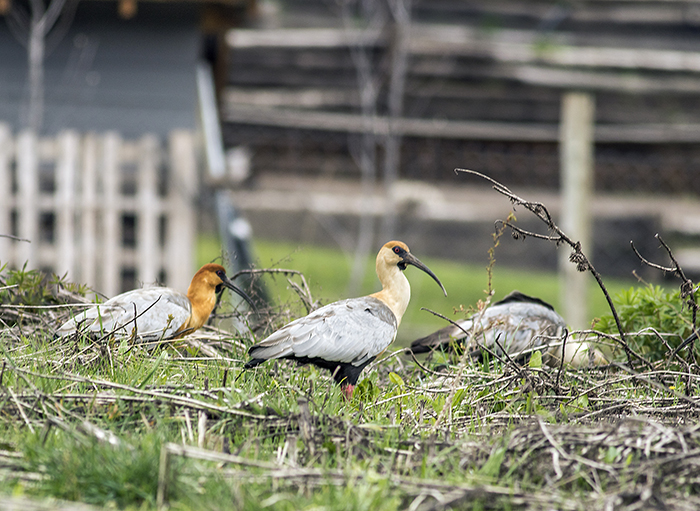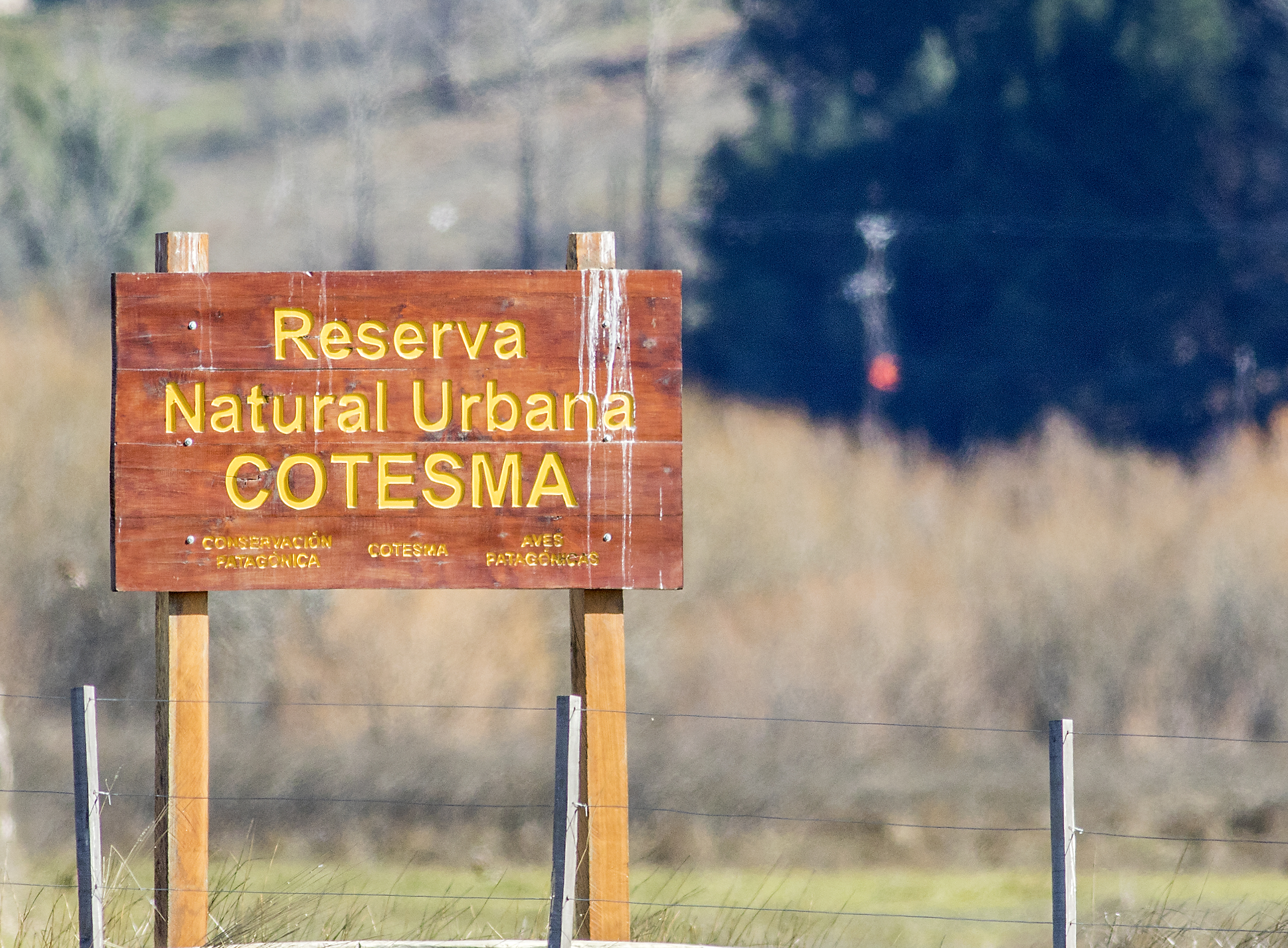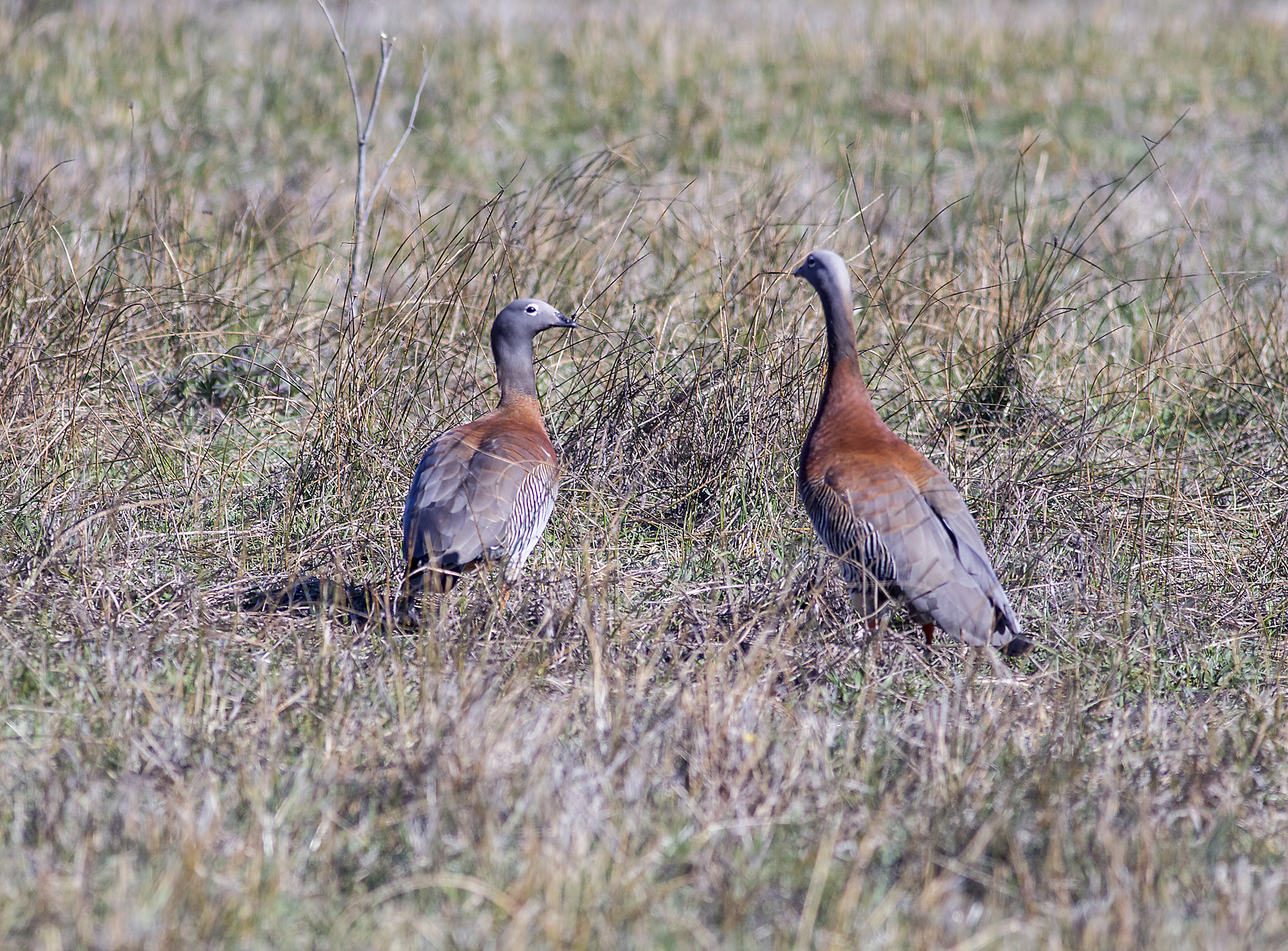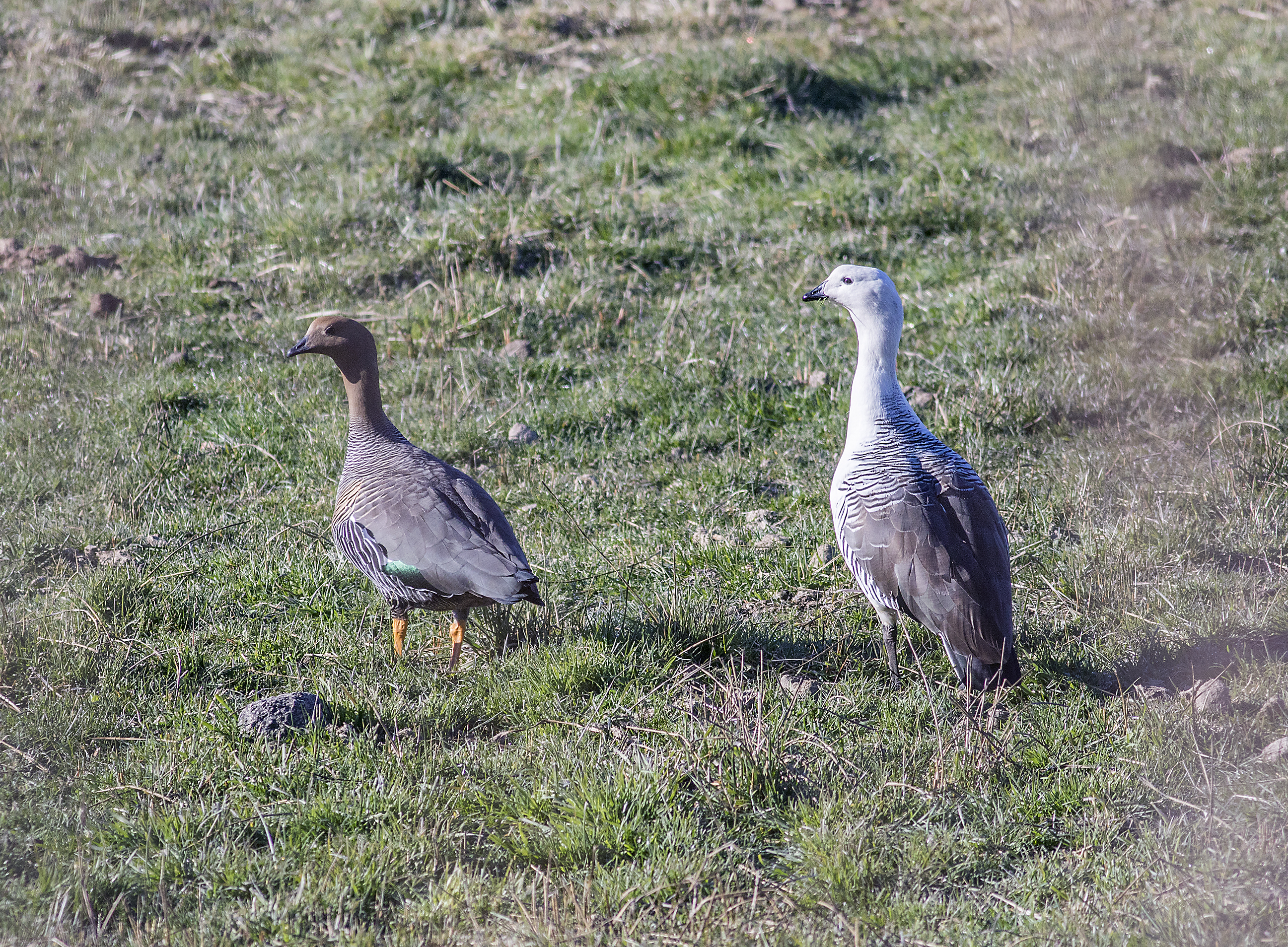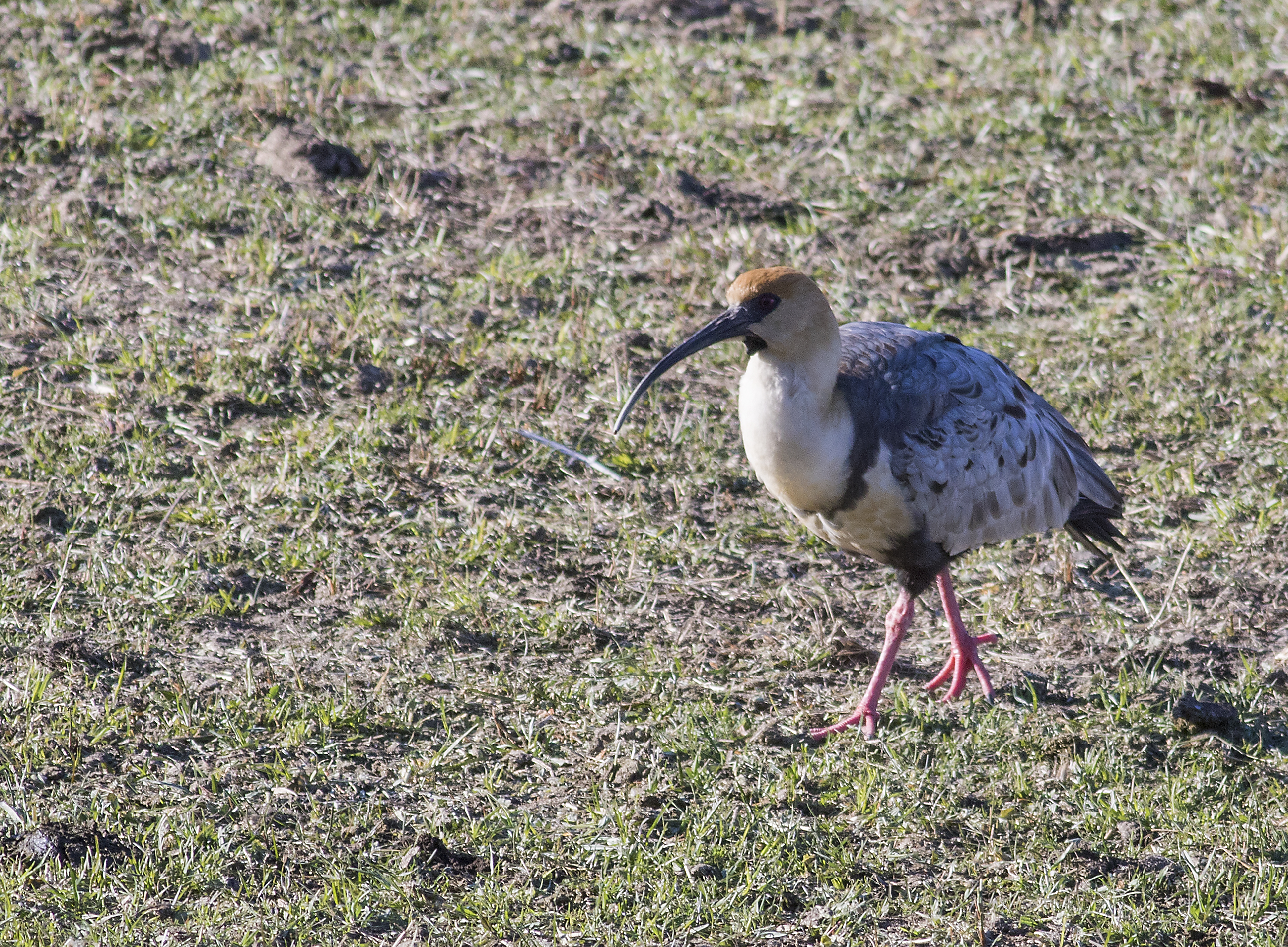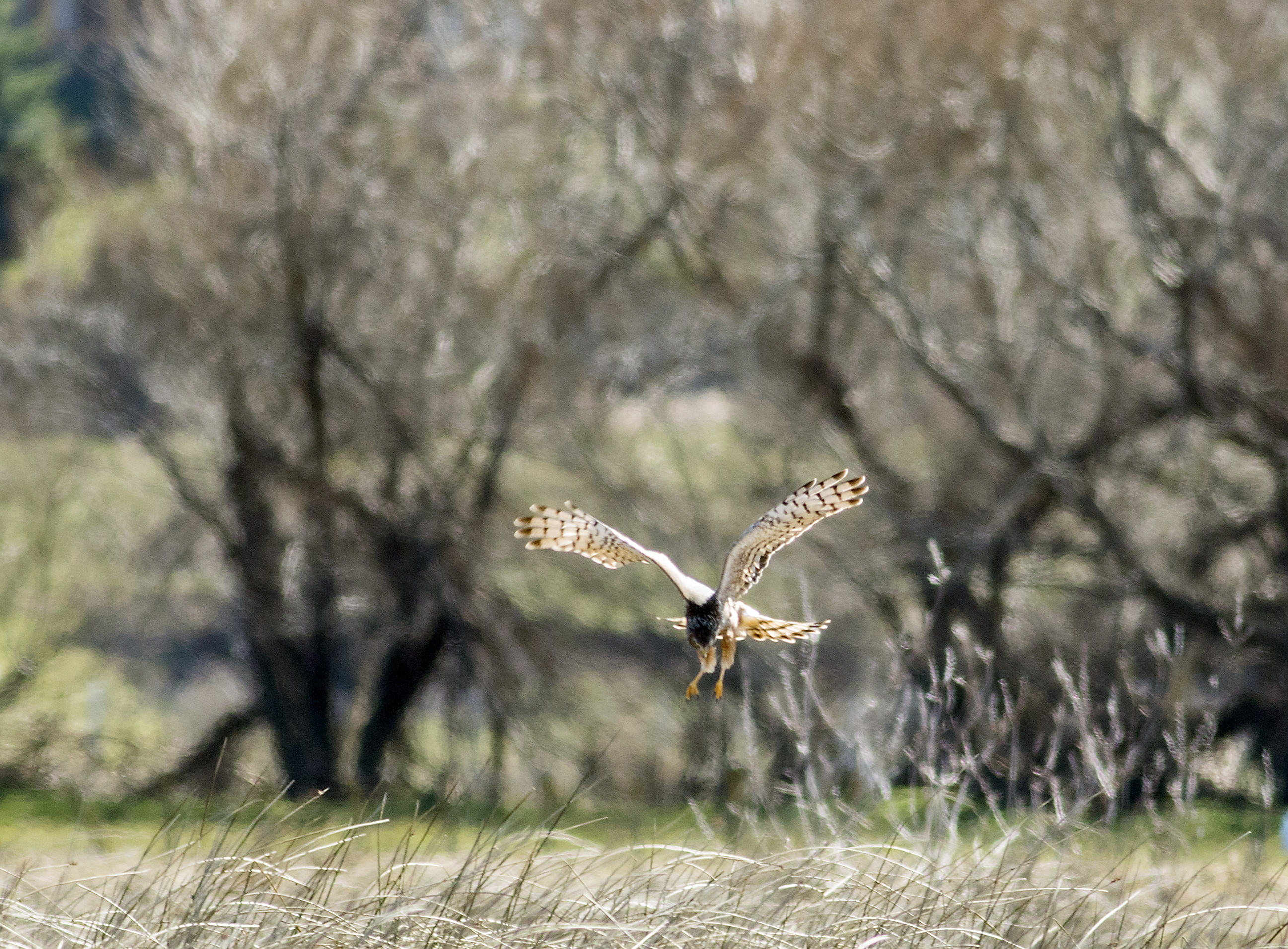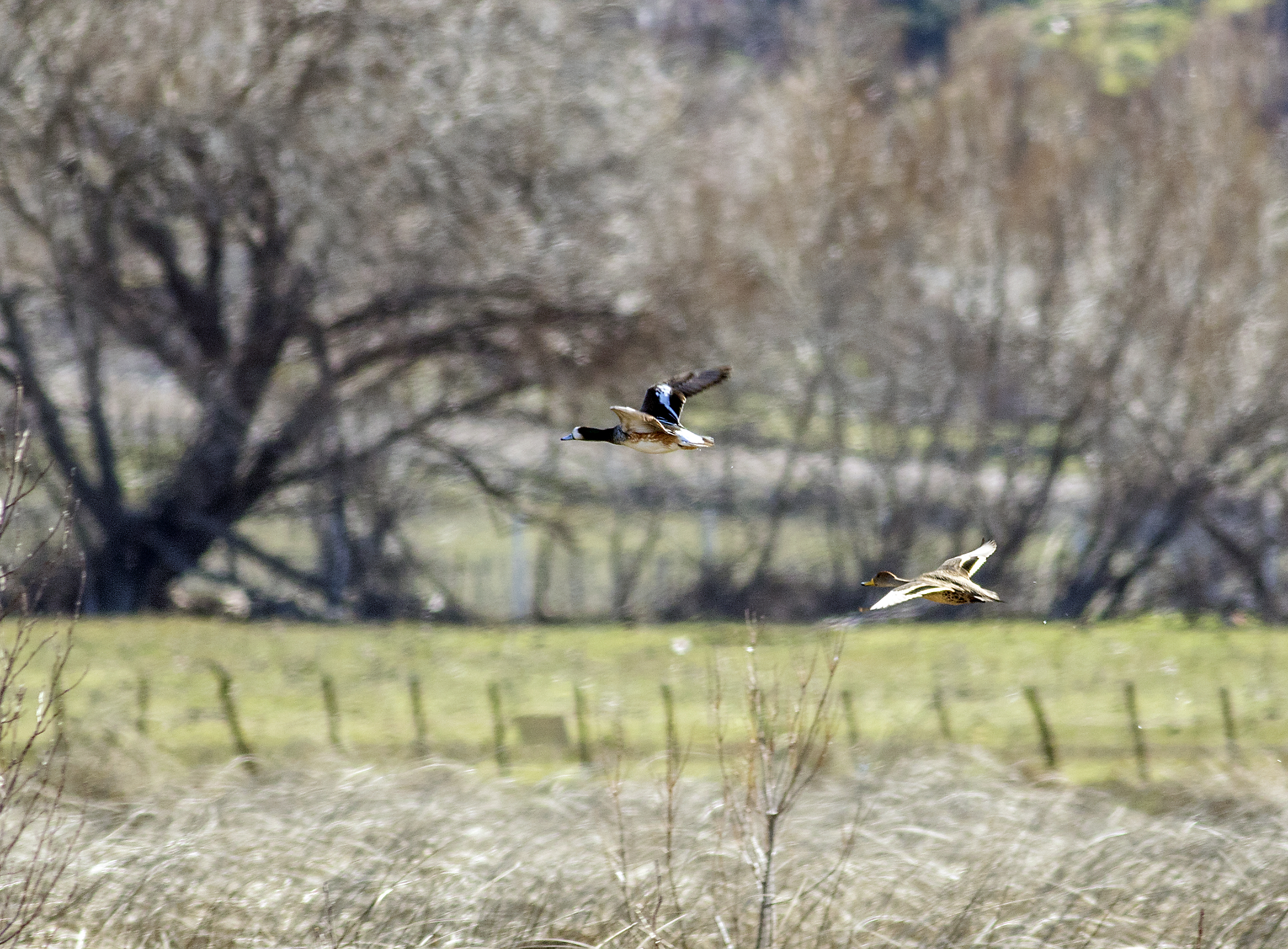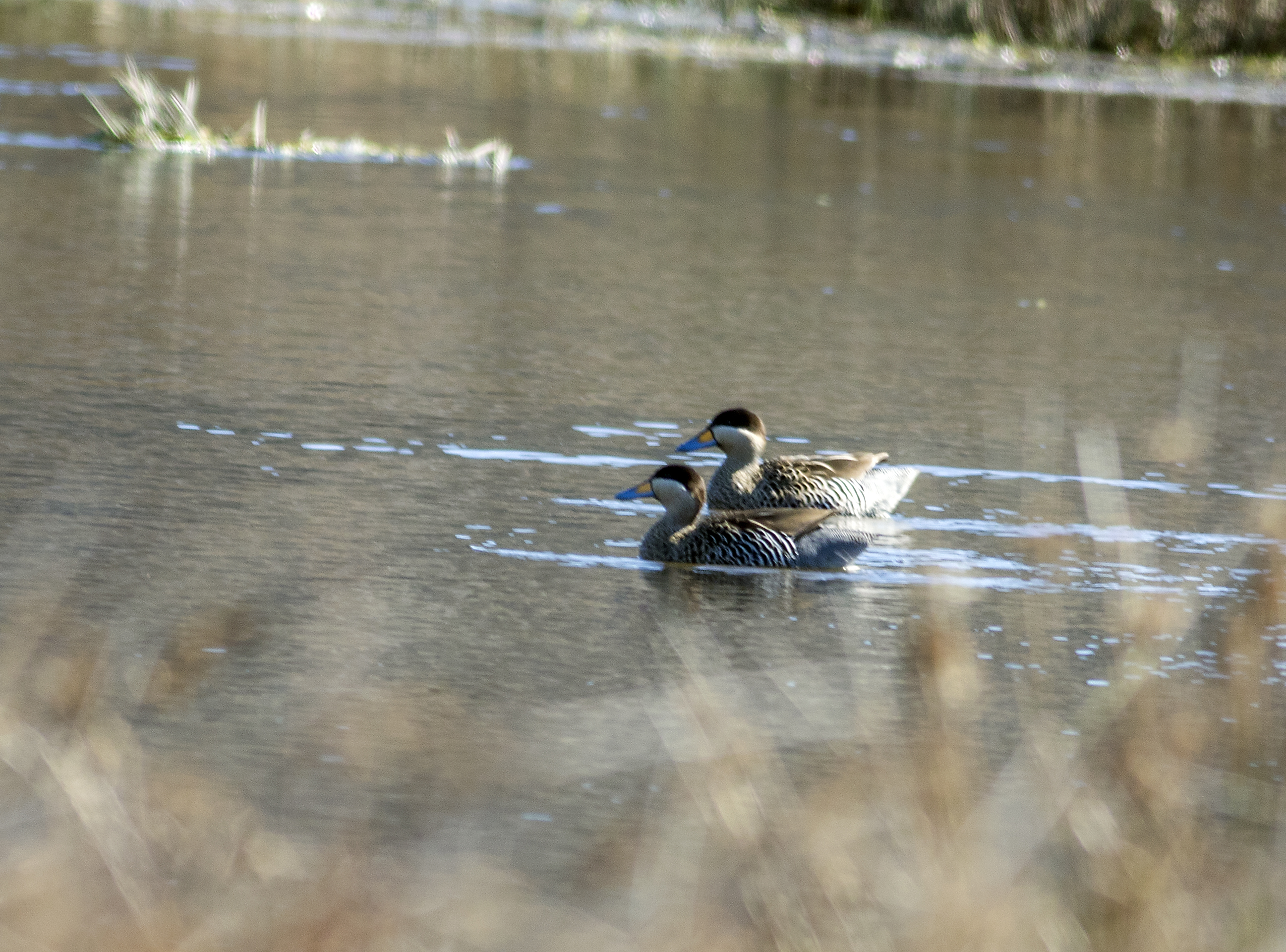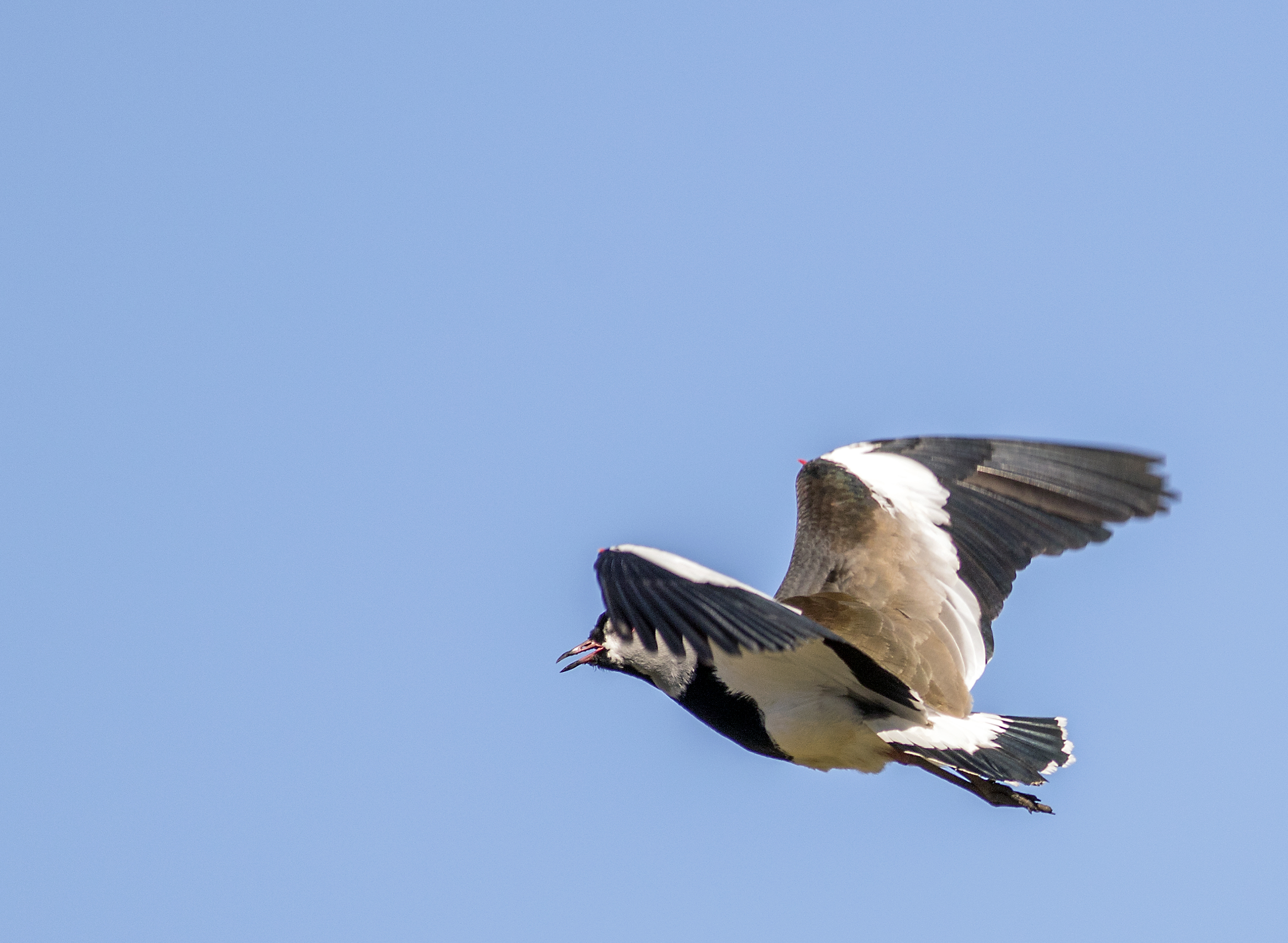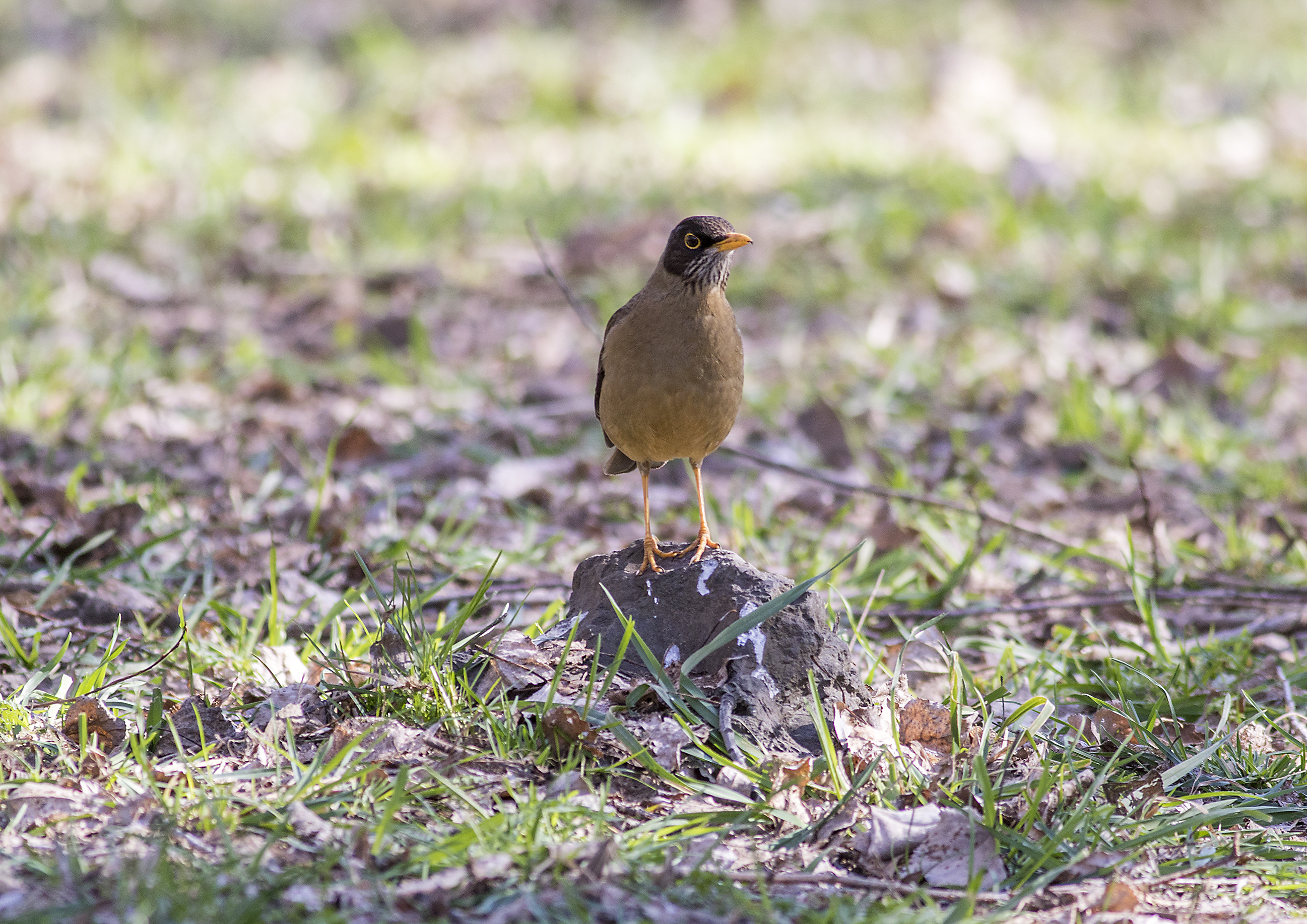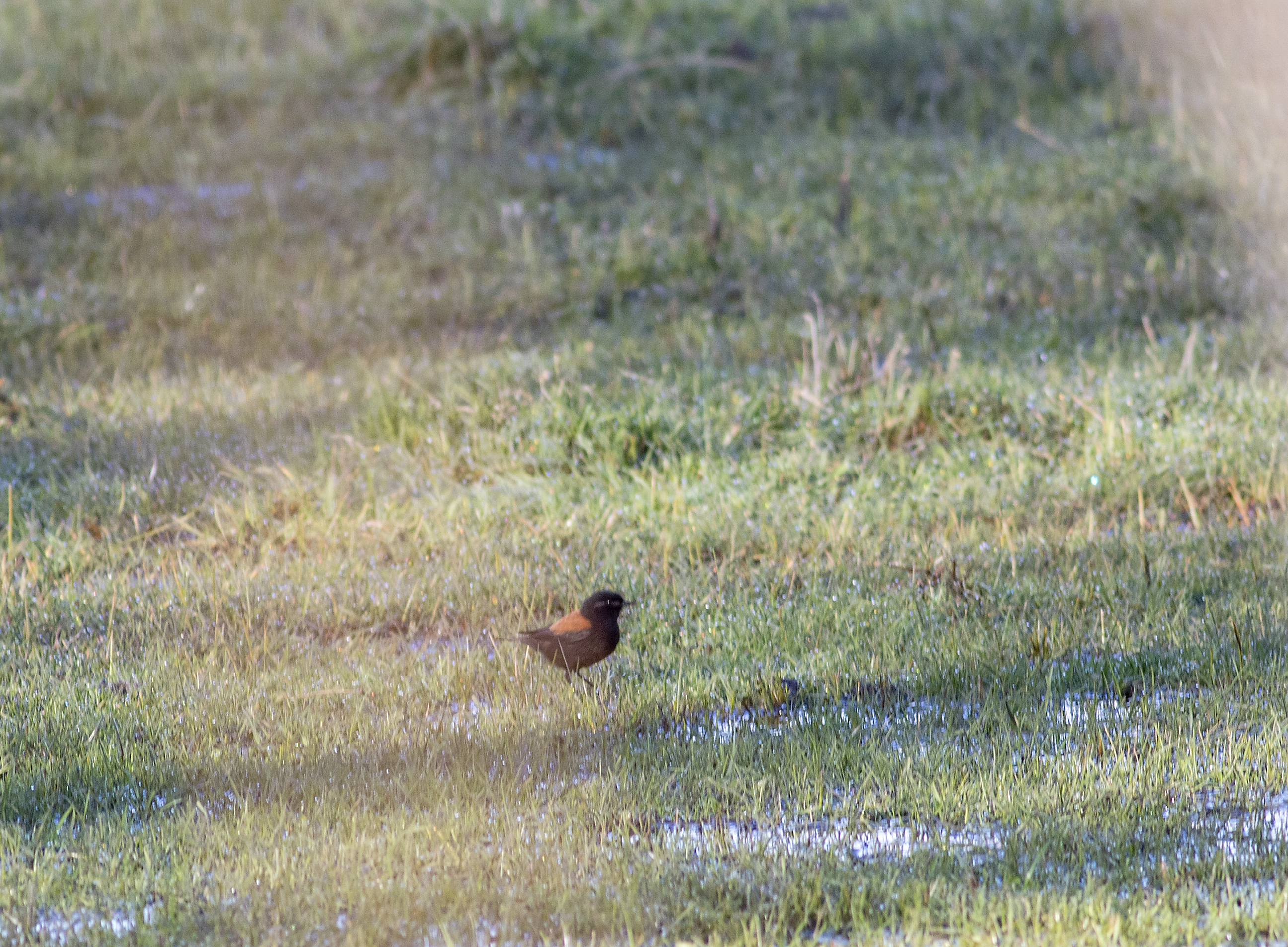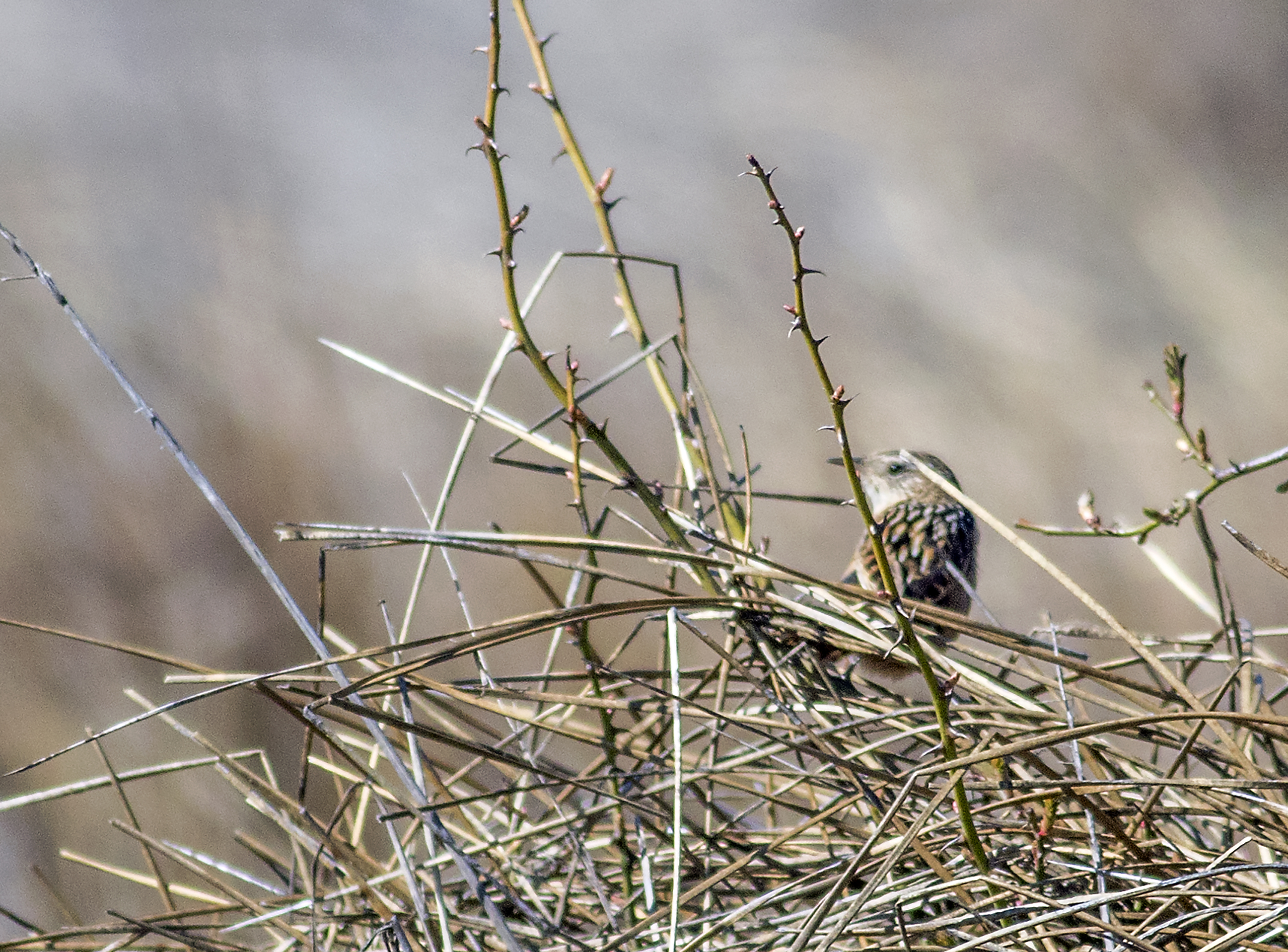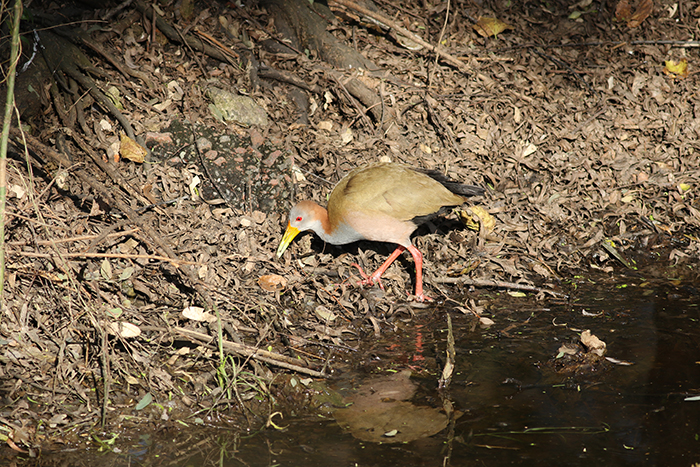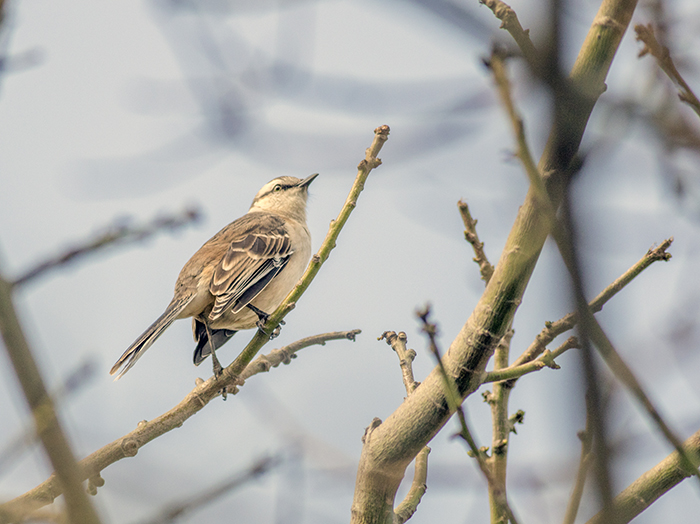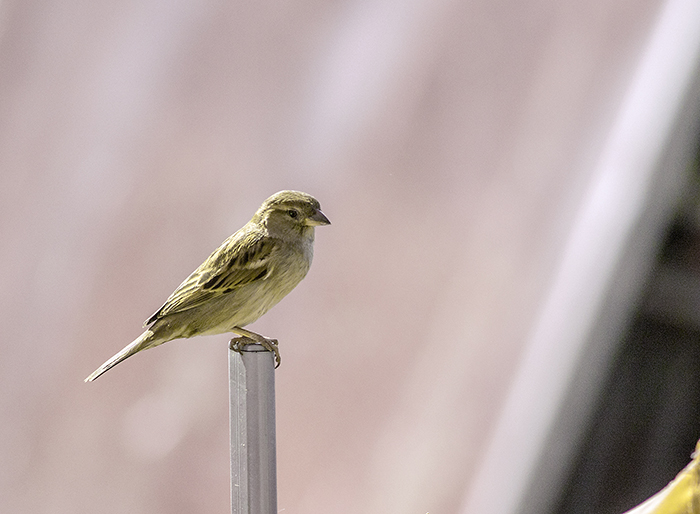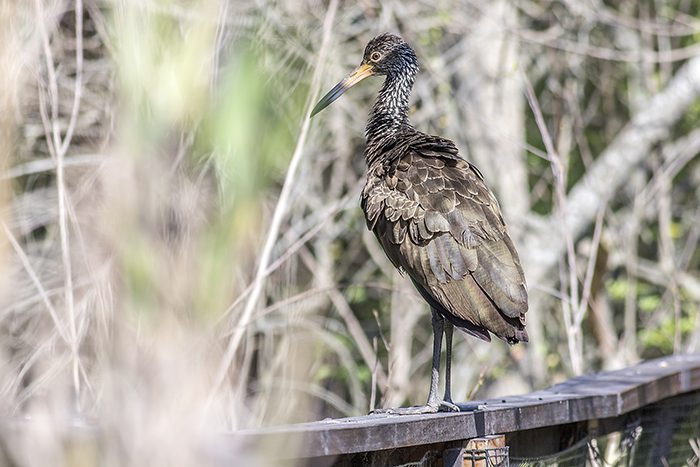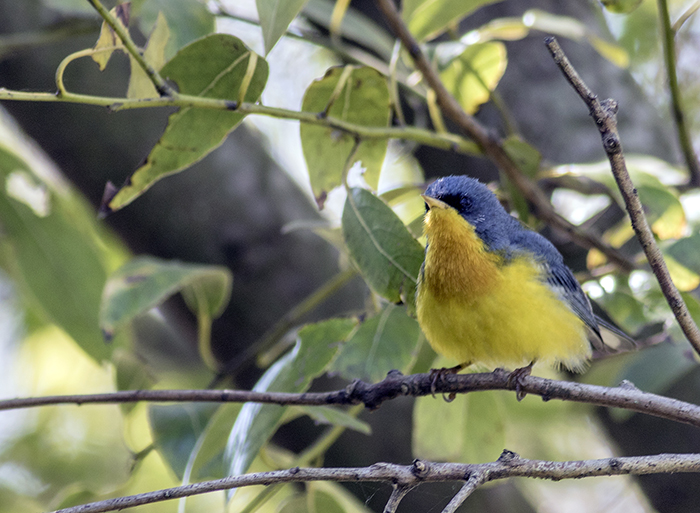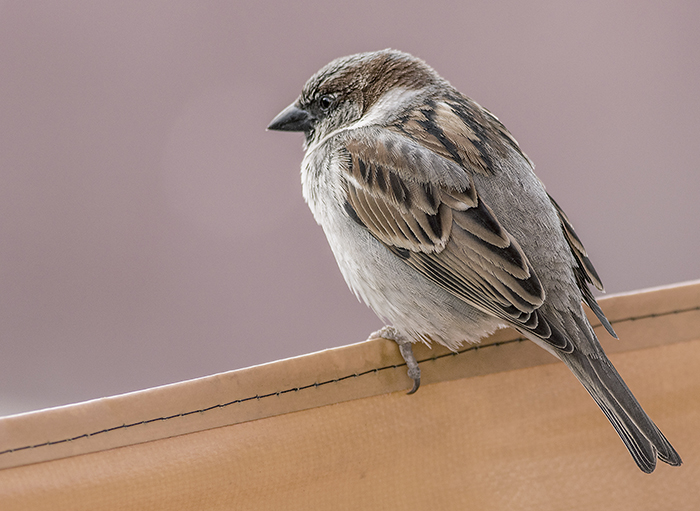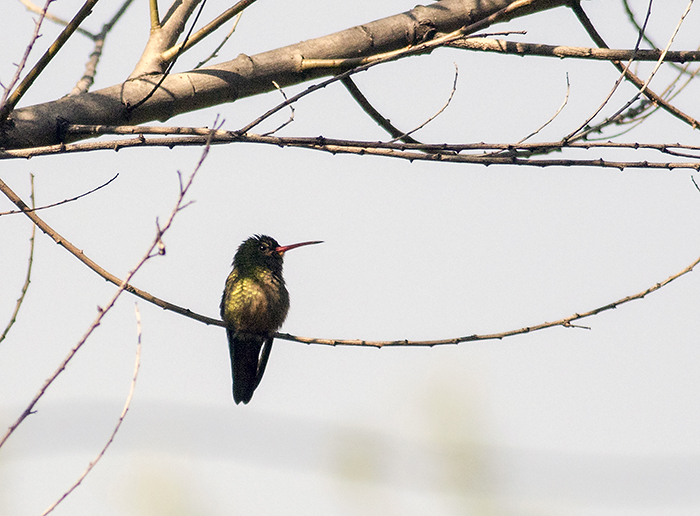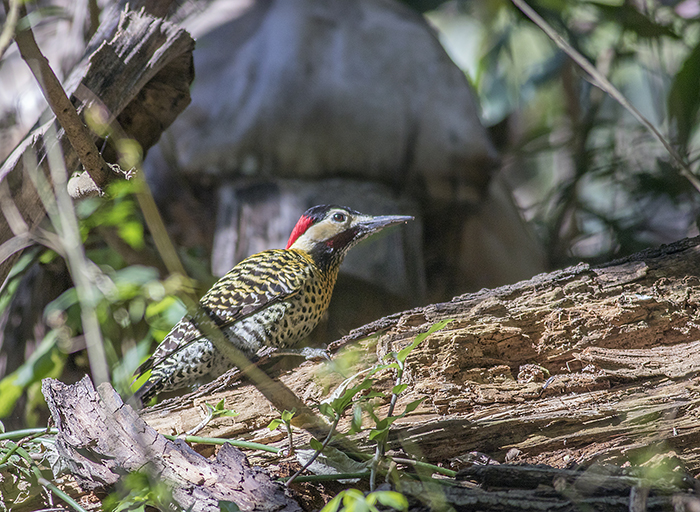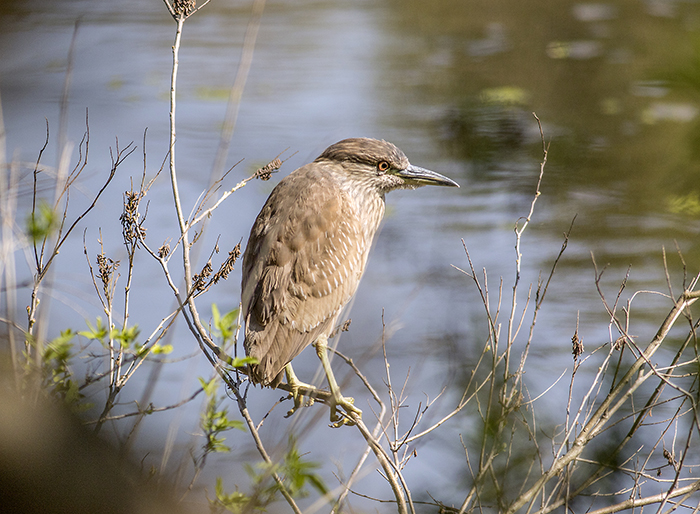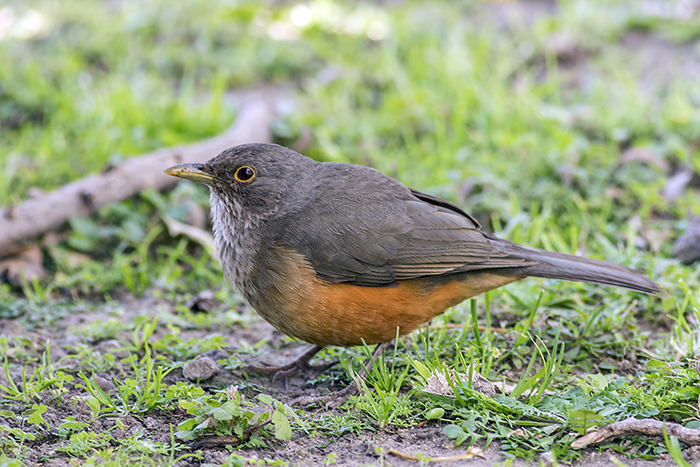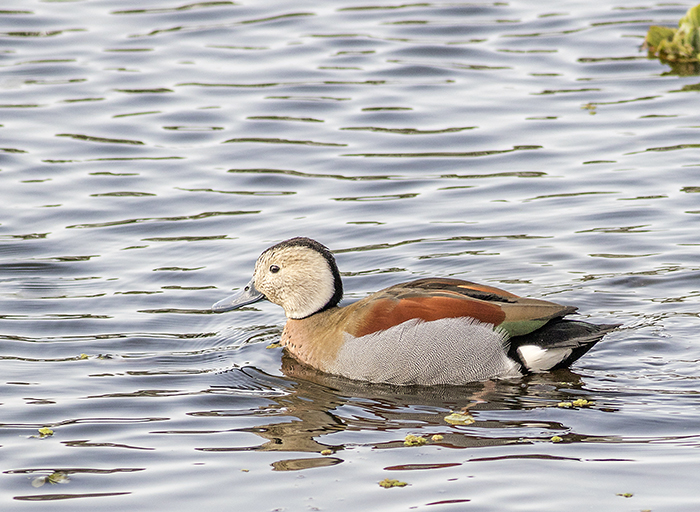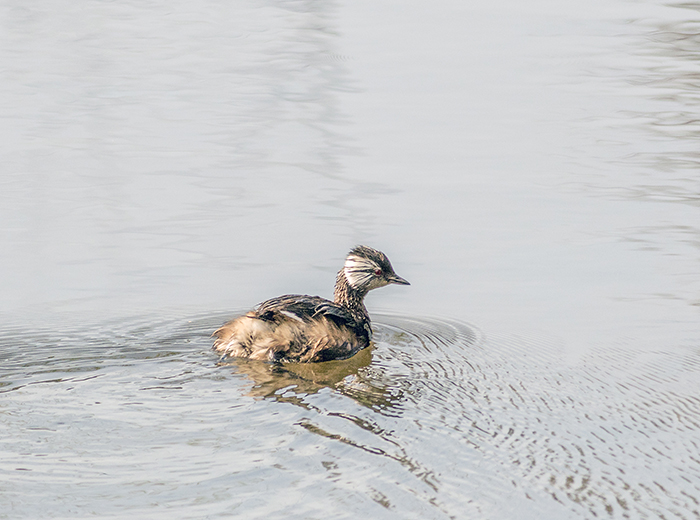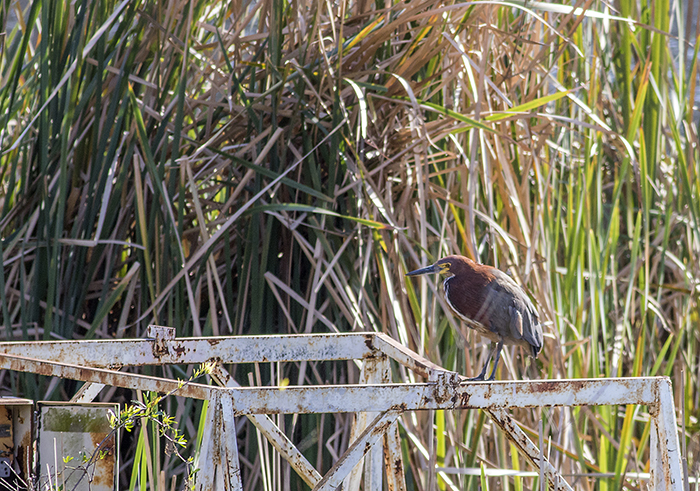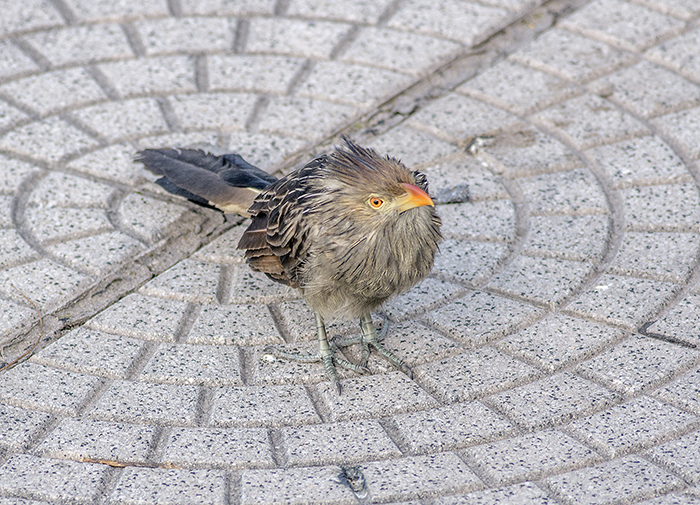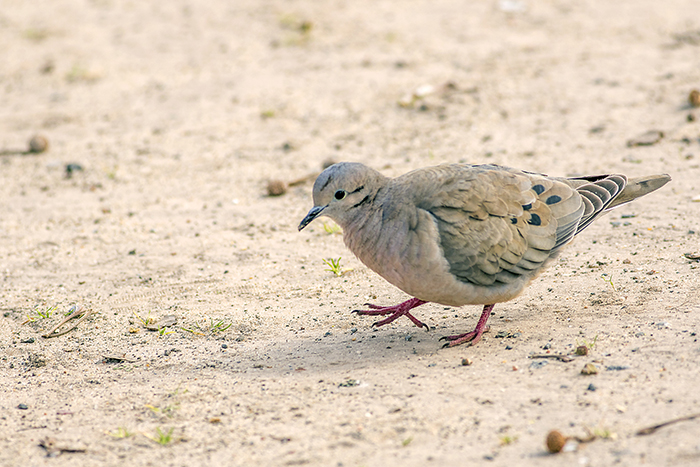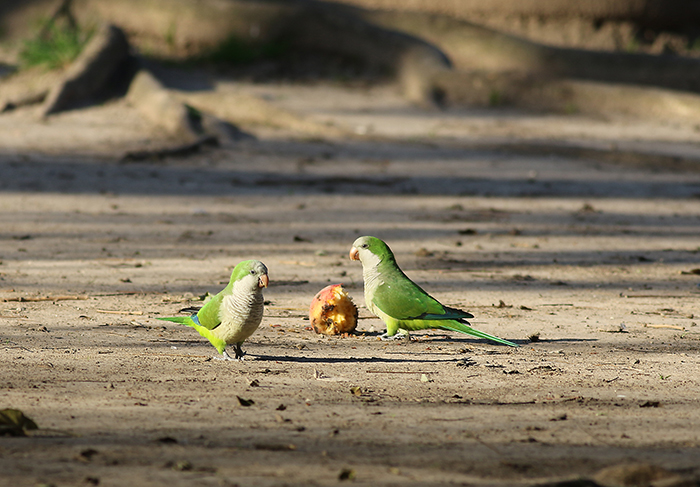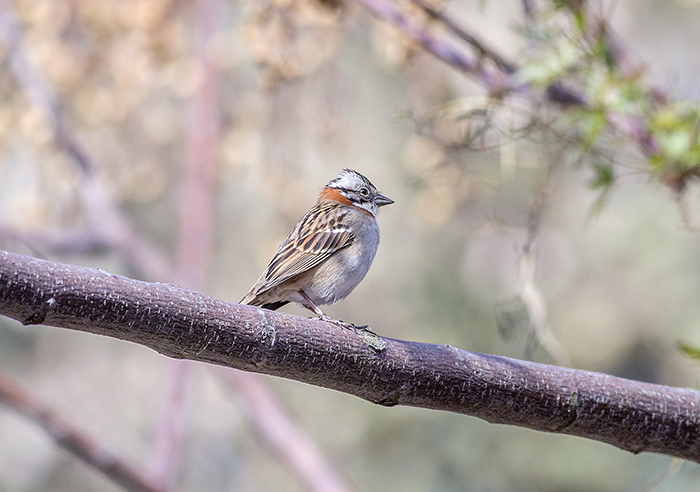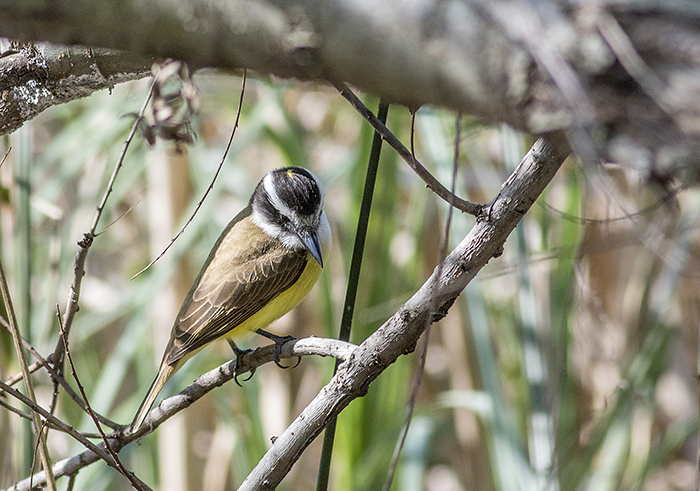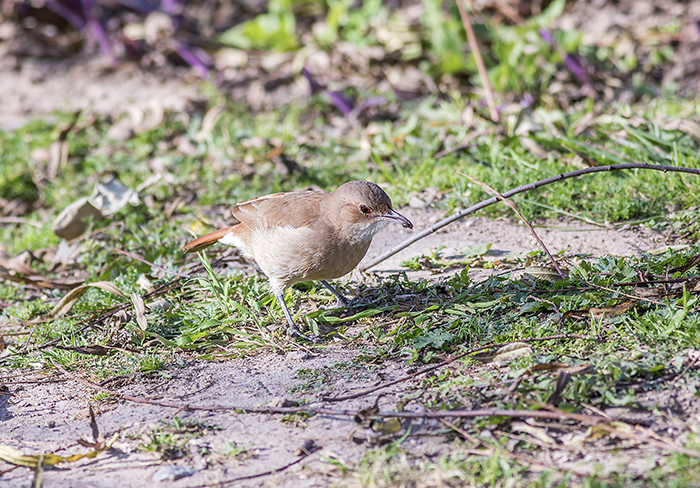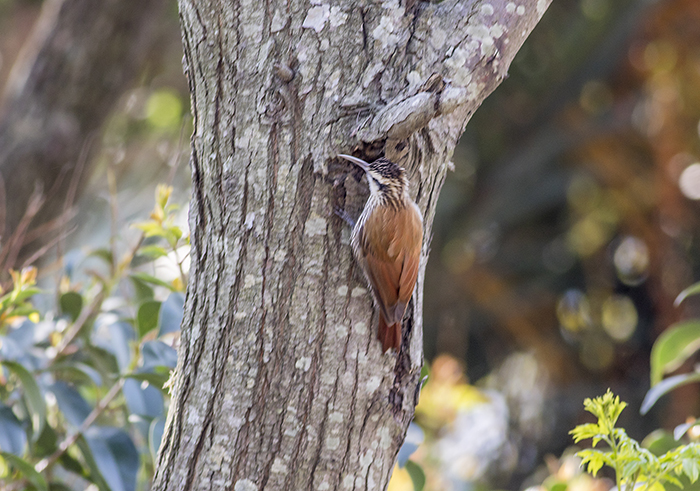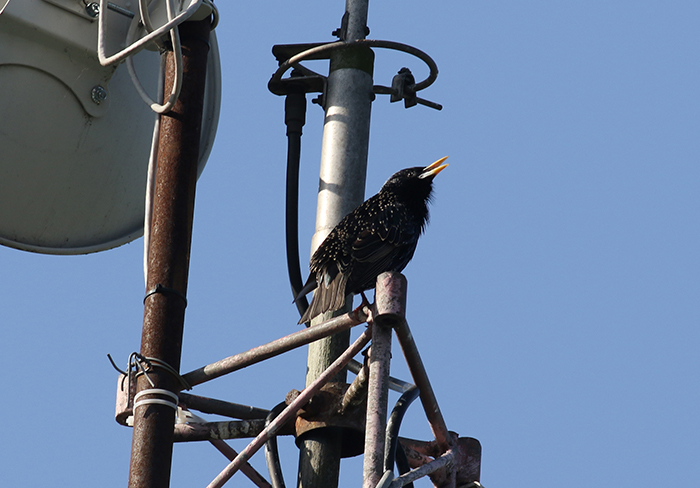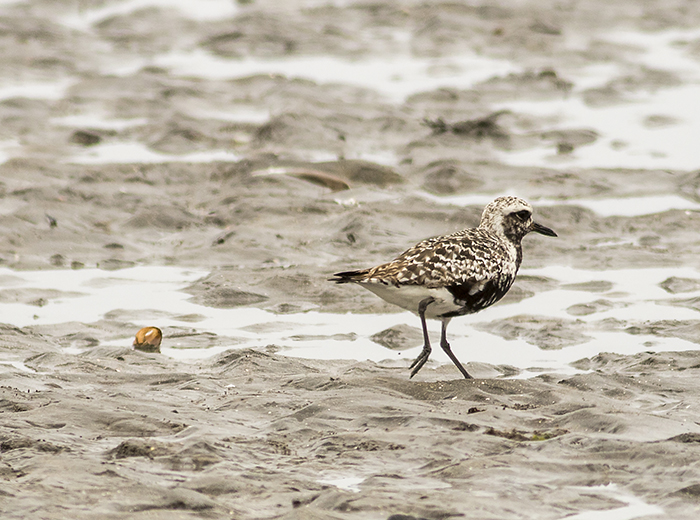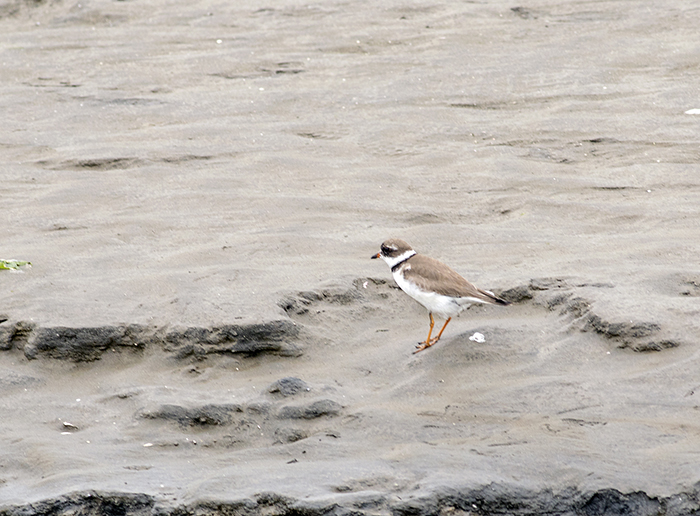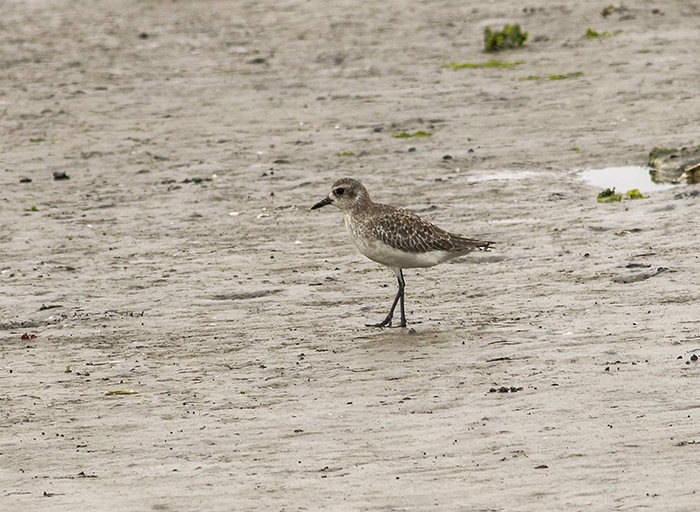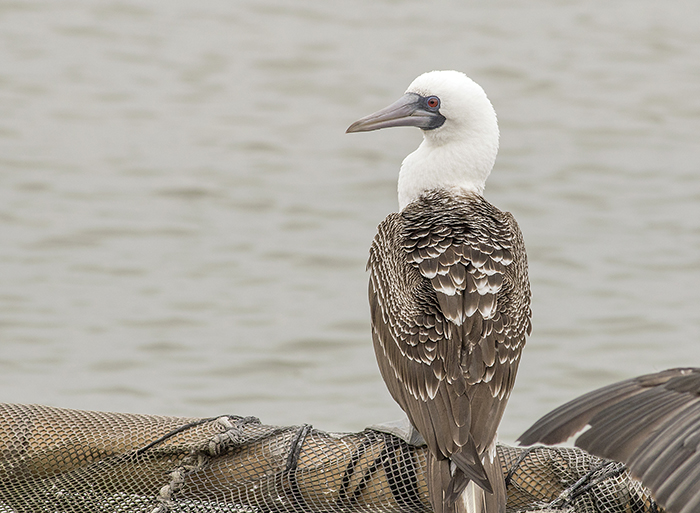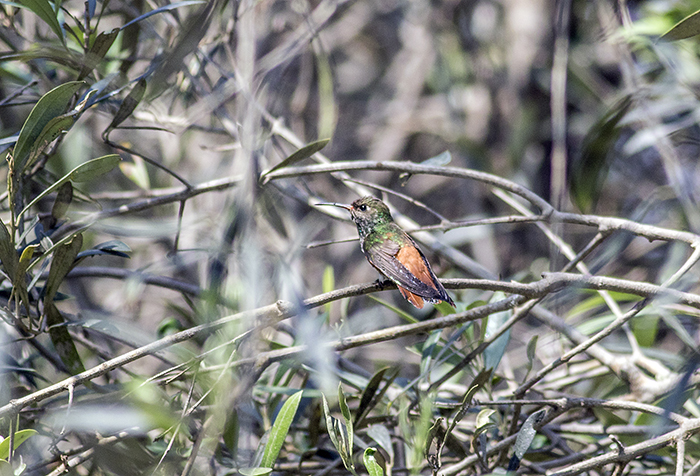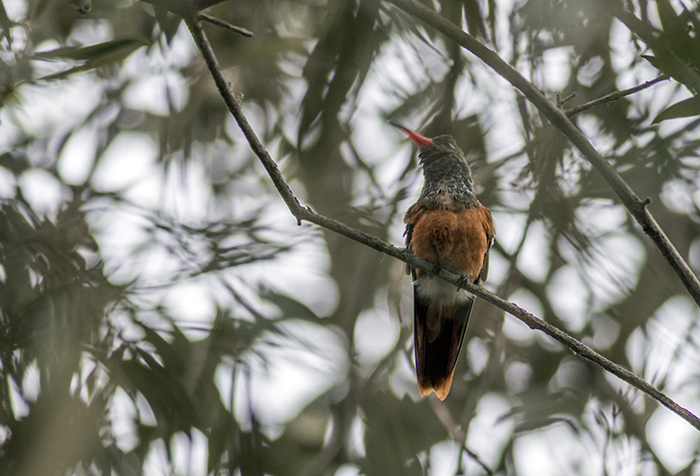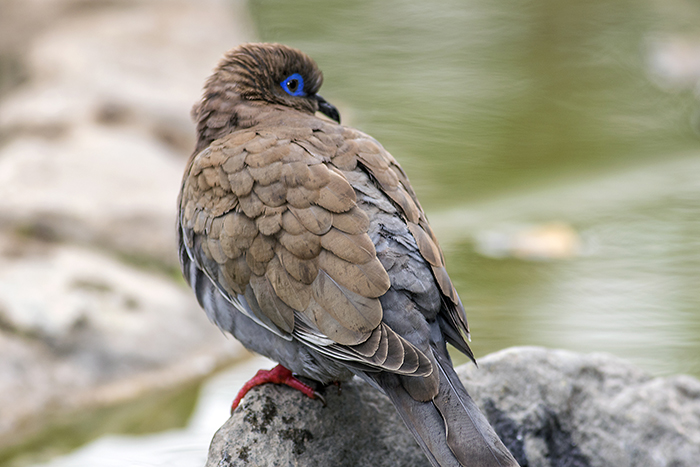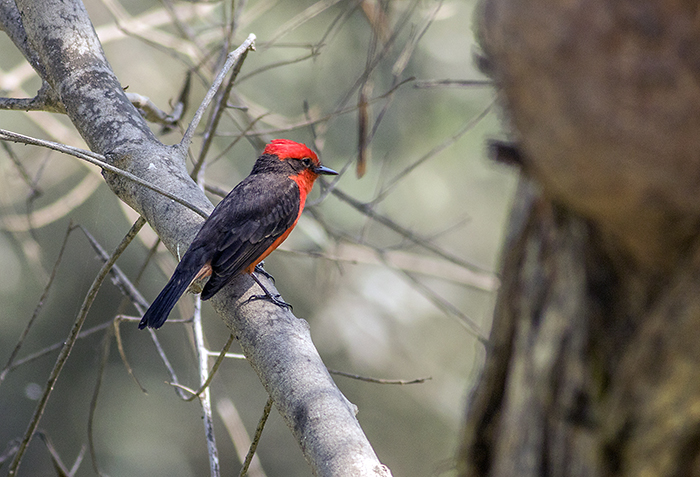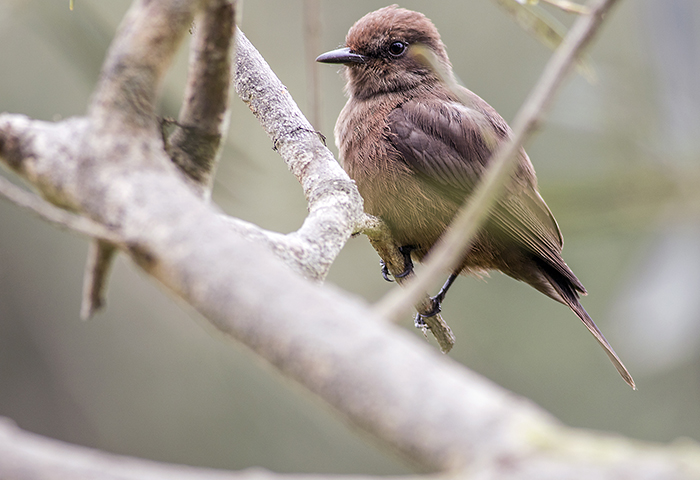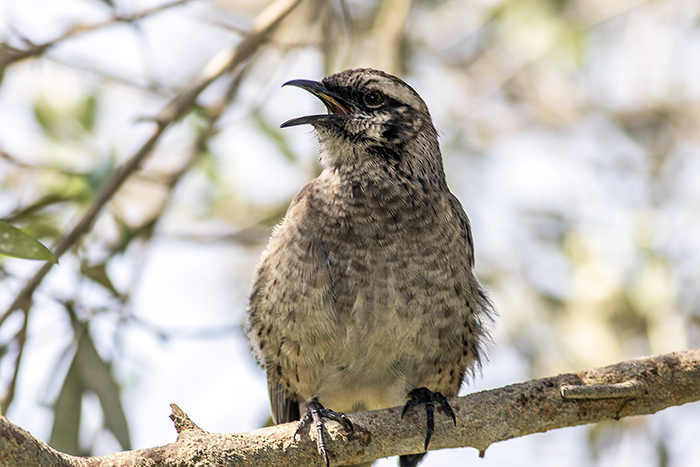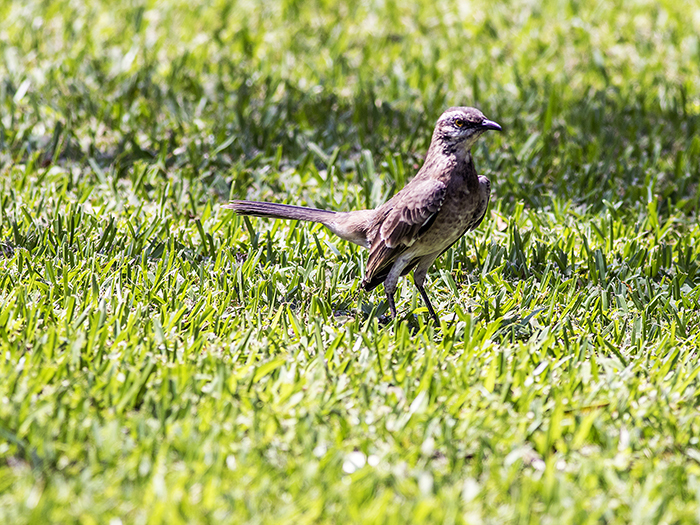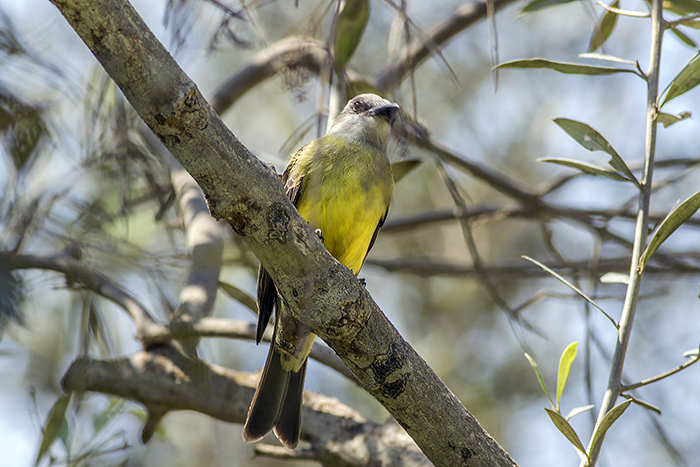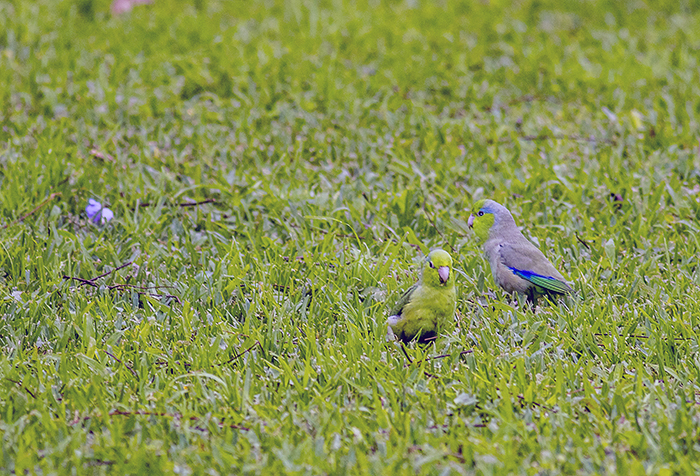I found myself at Neuquén with a few hours to kill before my flight left, so I rented a car from Hertz and checked what was in the vicinity.
My first stop was a small and rather sad private conservation centre, the Parque Luan, situated within walking distance of the airport, had I known.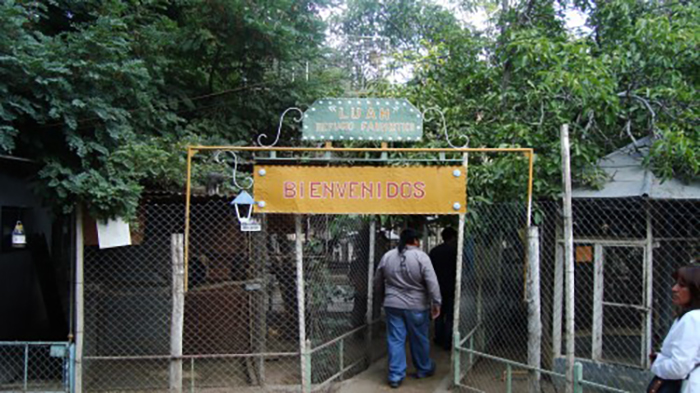 This place was started and run with the best of intentions as a rescue centre but over time funding for the basics (maintenance, food, animal care) has been much reduced and the place is a little run down. The people running it were very friendly and obviously caring insofar as resources permitted, but (one feels) way out of their depth in their efforts.
This place was started and run with the best of intentions as a rescue centre but over time funding for the basics (maintenance, food, animal care) has been much reduced and the place is a little run down. The people running it were very friendly and obviously caring insofar as resources permitted, but (one feels) way out of their depth in their efforts.
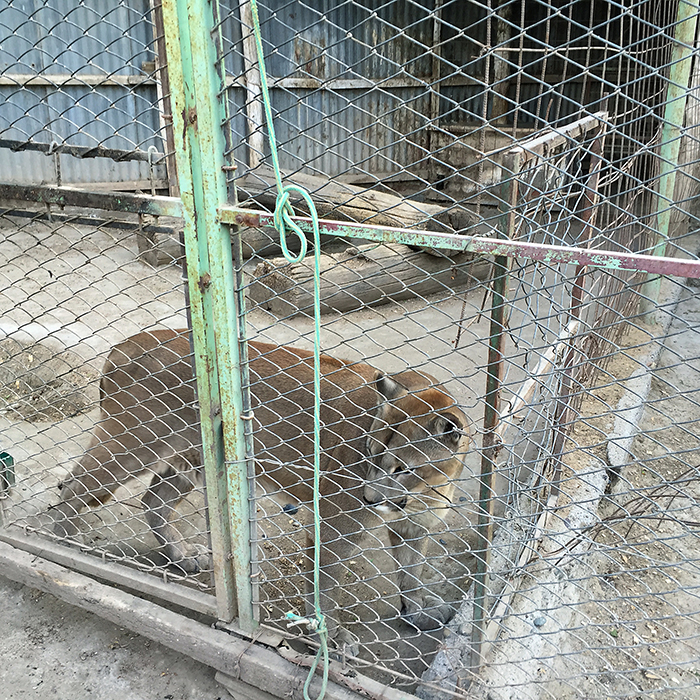
Puma (Puma concolor), one of three in Parque Luan, all in excellent condition
So sad to see a majestic animal like the Puma cooped up in a cage (there were three of them), though I should state that the three big cats were all in beautiful condition.
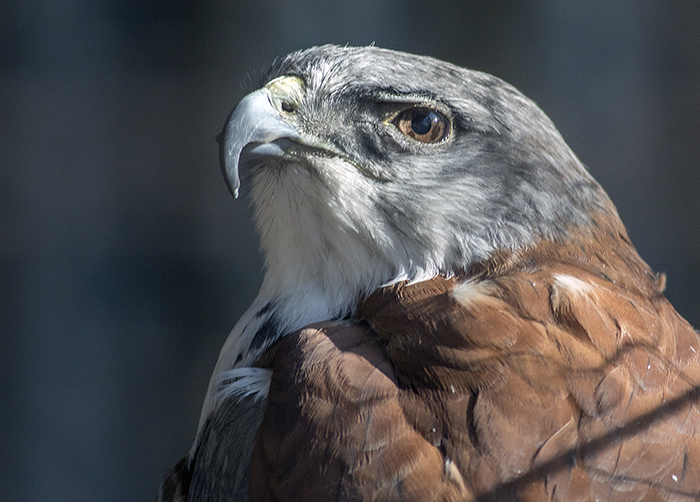
Aguilucho común o variado hembra, Variable or Red-backed Hawk (Geranoaetus polyosoma)
And sad too to see large raptors like the [female here] Variable or Red-backed Hawk, Aguilucho común o variado (Geranoaetus polyosoma) and (below) the Black-chested Buzzard-Eagle, Aguila Mora (Geranoaetus melanoleucus) all caged up was just heart breaking …
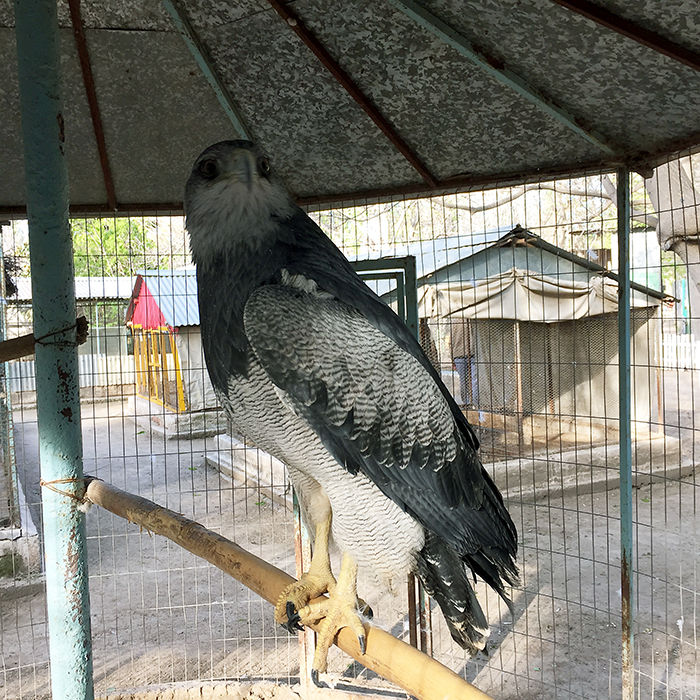
Aguila mora (Black-chested Buzzard-Eagle), Geranoaetus melanoleucus
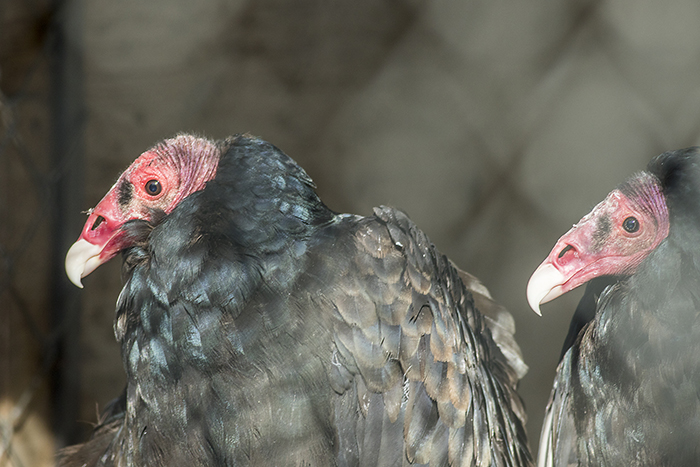
Jote cabeza colorada (Turkey Vulture), Cathartes aura
… as it was to see vultures caged up, in this case [above] the Turkey Vulture or jote cabeza colorada (Catharses aura). You can see the sadness in their faces.
There were many species of birds, mammals and reptiles in Parque Luan, and I as I am not overfond of photos of wildlife in captivity I restrained myself. But I did allow myself a couple of exceptions.
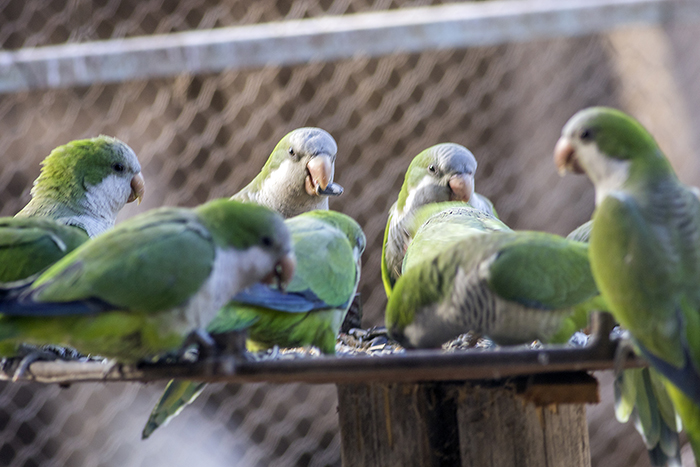
Cotorras (Monk Parakeets), Myiopsitta monachus
These Monk Parakeets or Cotorras (Myiopsitta monachus), abundant in the region, were not strictly speaking in the collection, so to speak, but had clearly found it a useful source of food put out for the Cockatiels below, Spanish Cacatúa ninfa, Cocotilla o Carolina, (Nymphicus hollandicus).
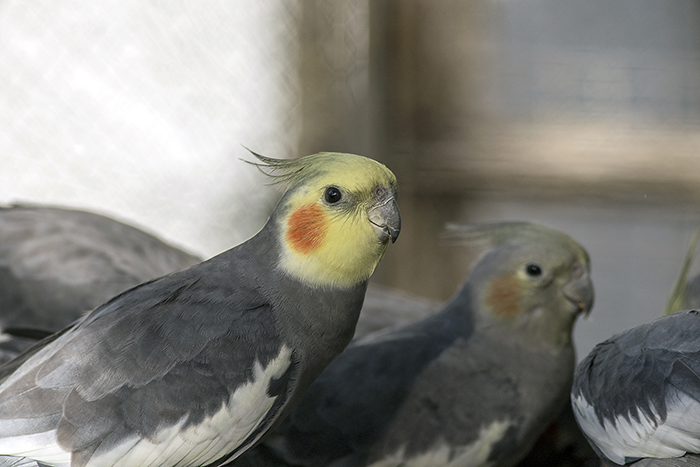
Cockatiel, Sp. cacatúa ninfa, cocotilla o carolina,(Nymphicus hollandicus)
One can only speculate how a large flock of Cockatiels had left their native Australia for Neuquén, but my best guess is escapees from a private collection somewhere. They are beautiful birds; the male of the species is on the left, the female to his right.
Near to the Parque Luan is the river Limay, accessible at La Herradura. I spent some time here birding, but took few photos. One I did take was this brilliant yellow Saffron Finch, jilguero dorado (Scales flaveola).
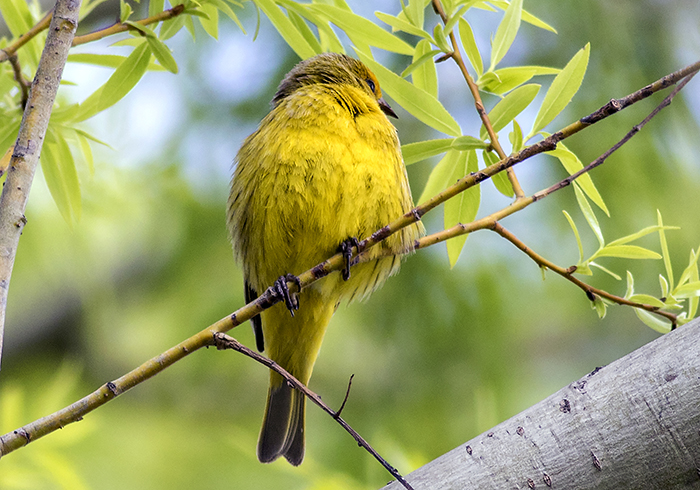
Saffron Finch, jilguero dorado (Scales flaveola)
Down by the riverside there was not a huge amount of activity but I did see a few Flying steamer-ducks or quetros voladores, (Tachyeres patachonicus) …
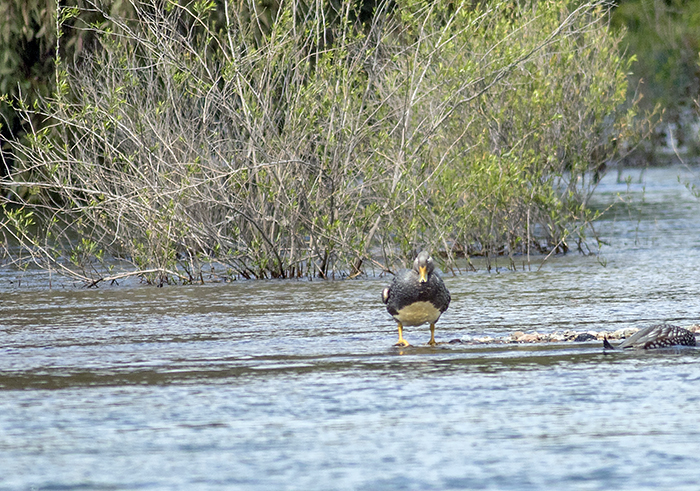
Quetro volador (Flying steamer-duck), Tachyeres patachonicus
.. and the unchallenged ‘bird of the day’, a Collared Plover or chorlito de collar (Charadrius collaris), a new bird for my life list.
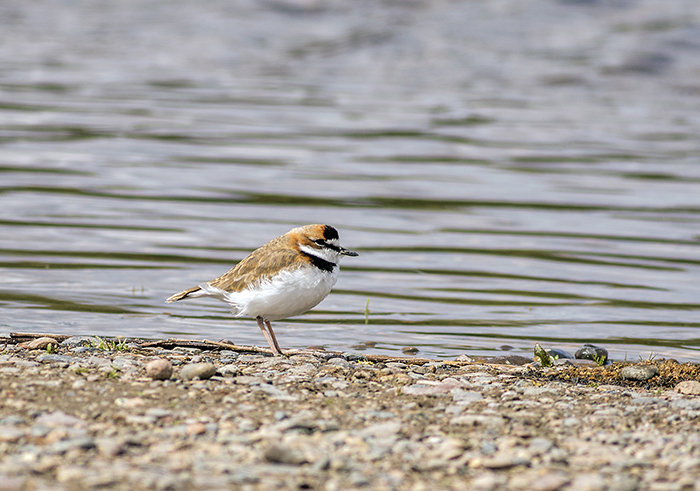
Chorlito de collar (Collared Plover), Charadrius collaris
All in all a good if short outing – the whole thing completed in about four hours on a specially arranged half-day car rental (you have to ask!).
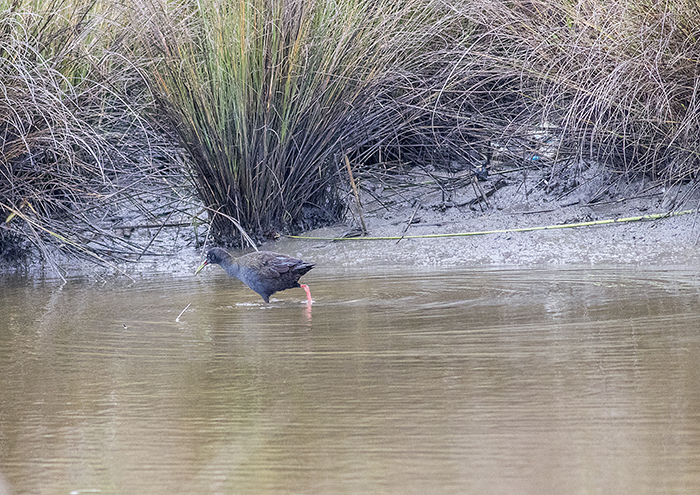
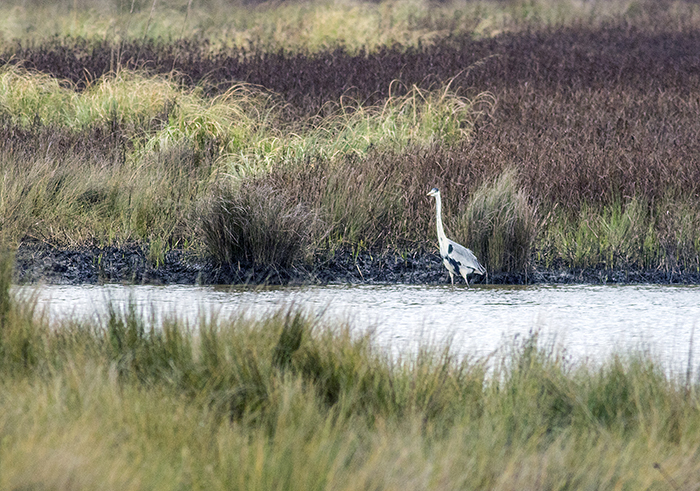
![[singing his heart out] chingolo (Rufous-collared Sparrow) Zonotrichia capensis](https://www.eayrs.com/blog/wp-content/uploads/2016/01/151019-chingolo-around-Gral-Lavalle.jpg)
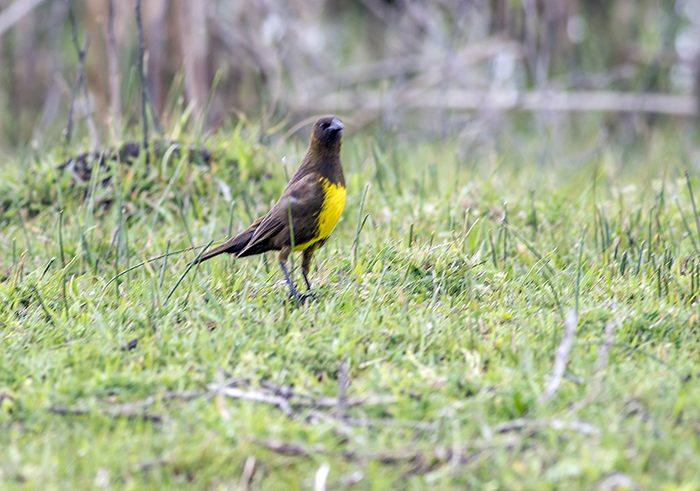
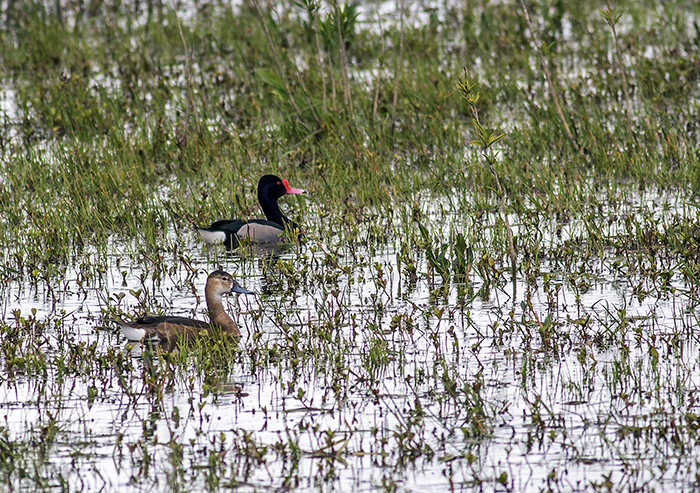
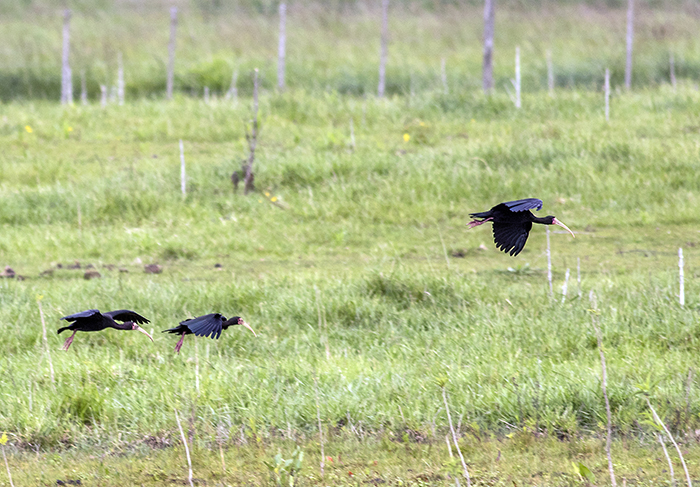
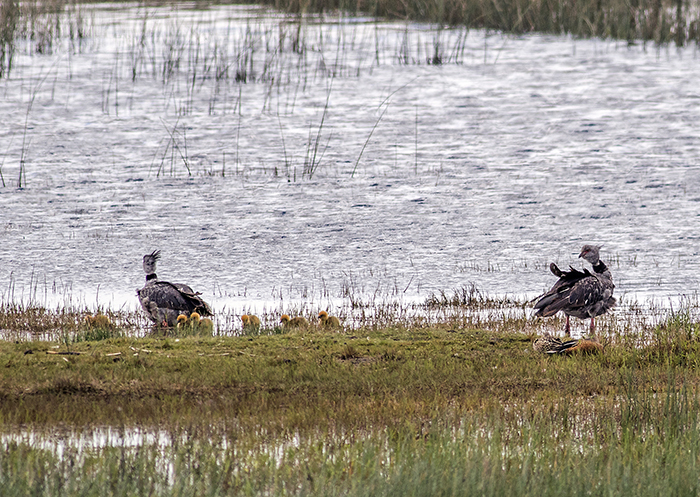
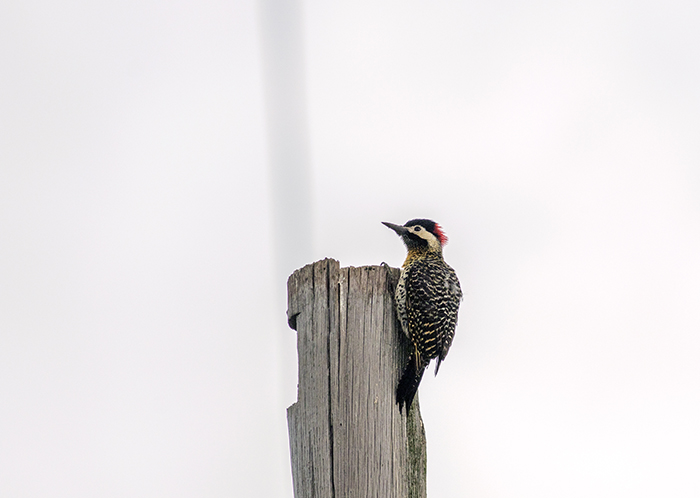
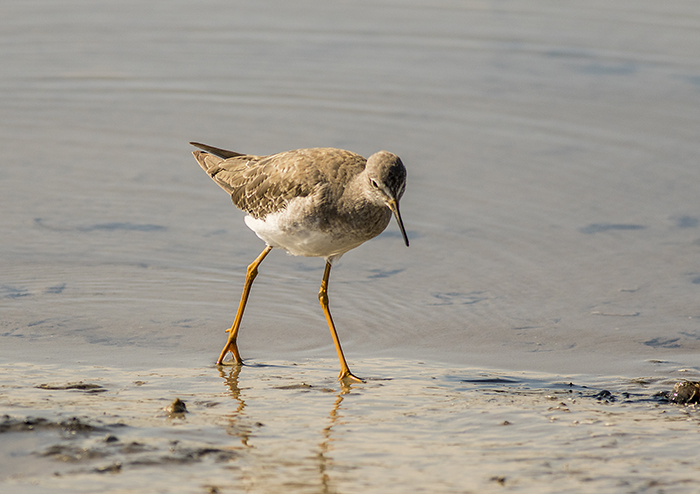
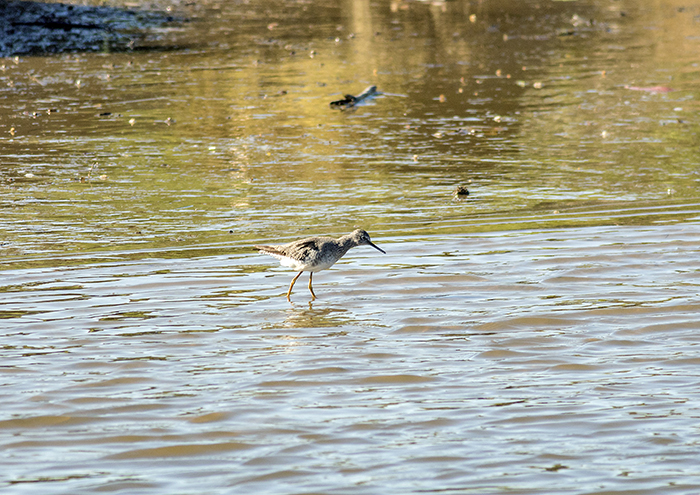
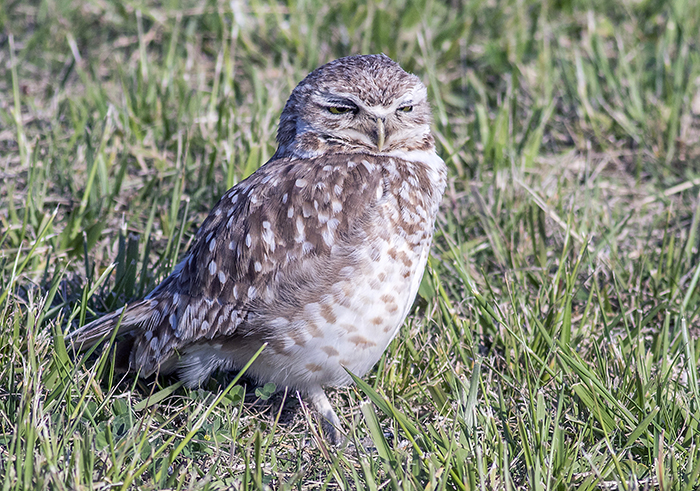
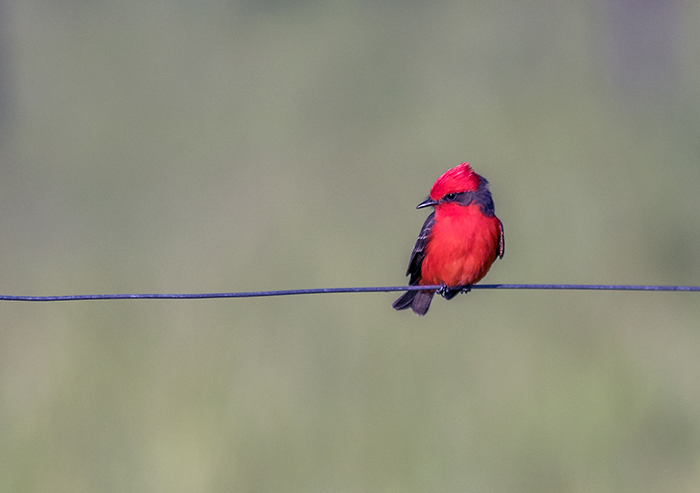
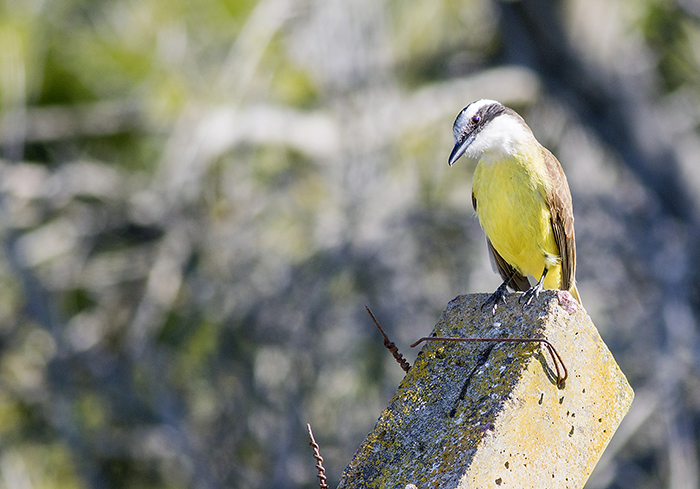
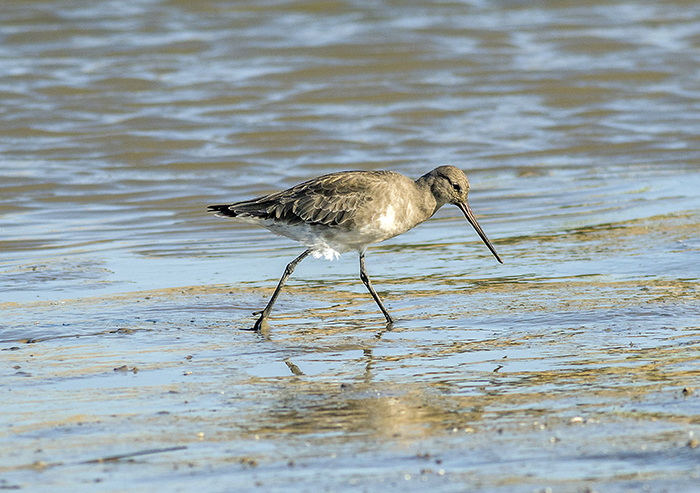
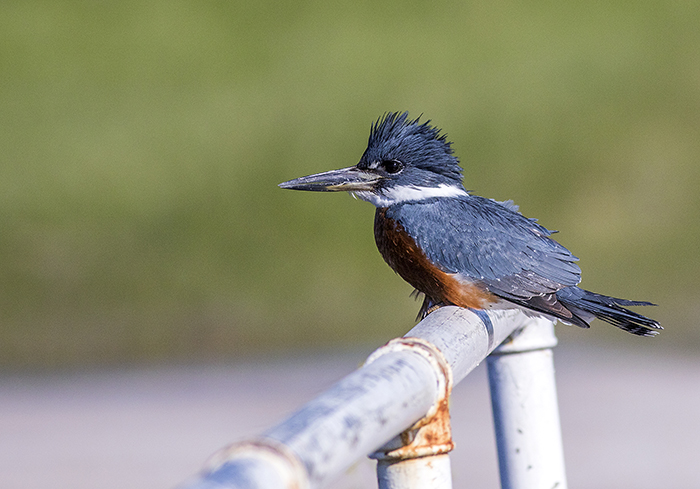
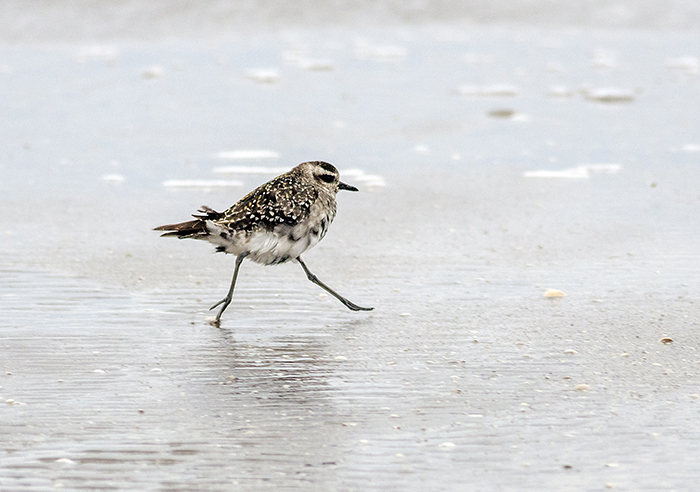
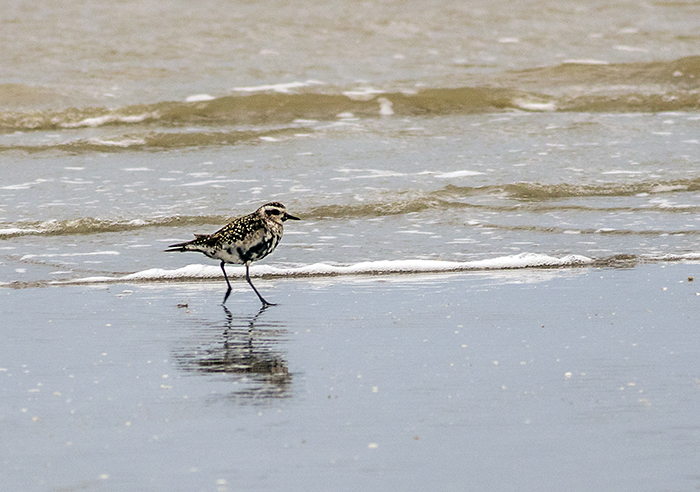
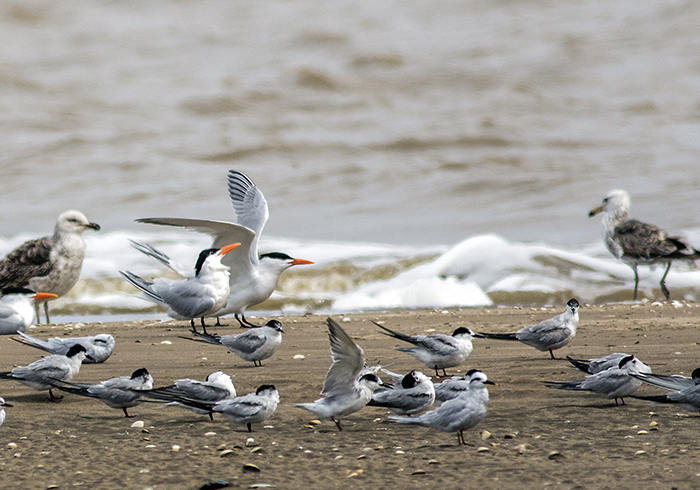
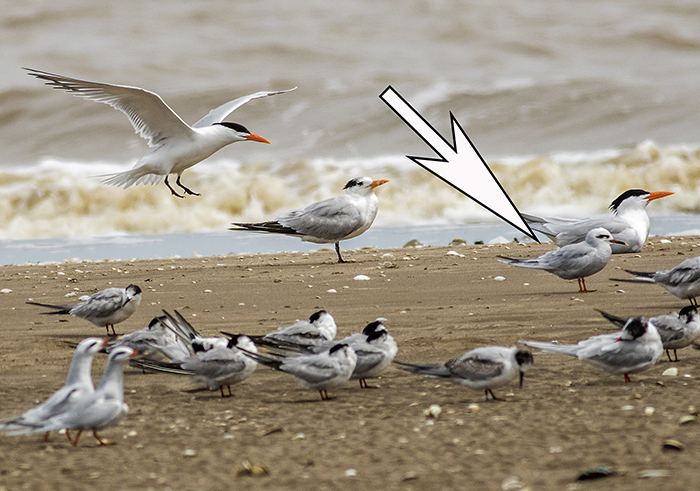
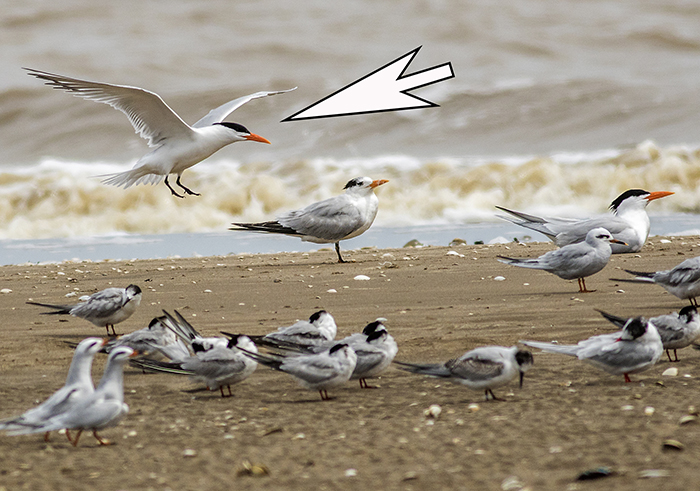
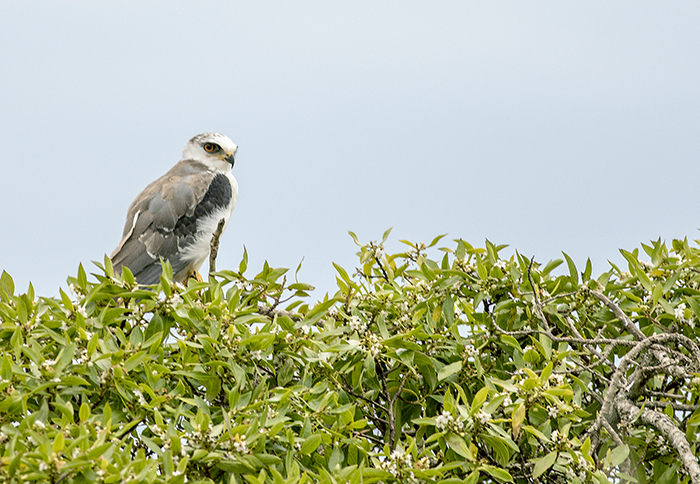
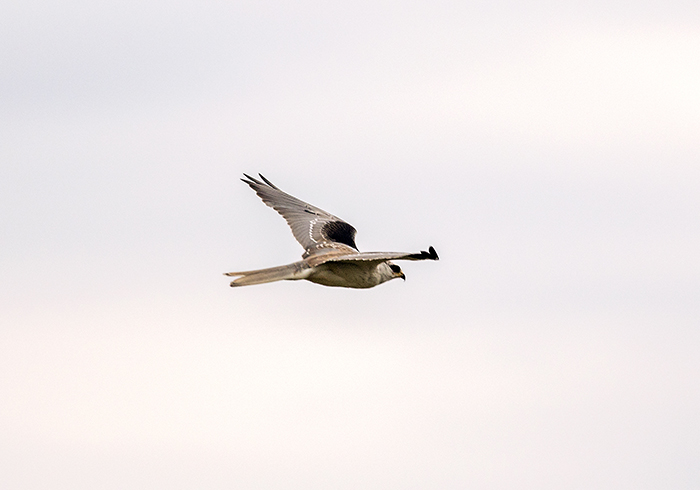
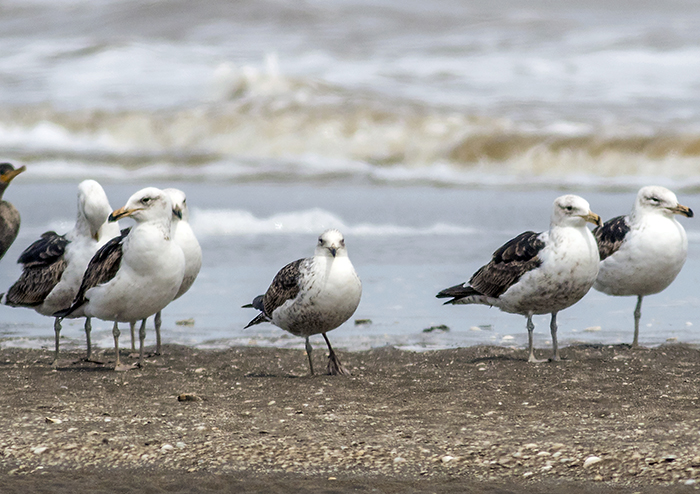
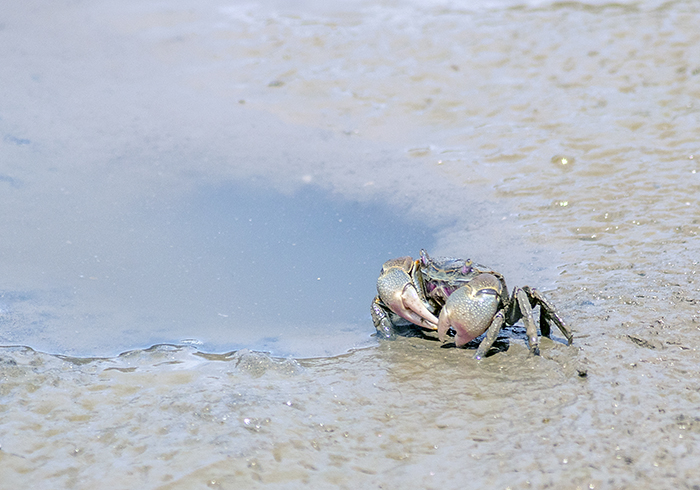
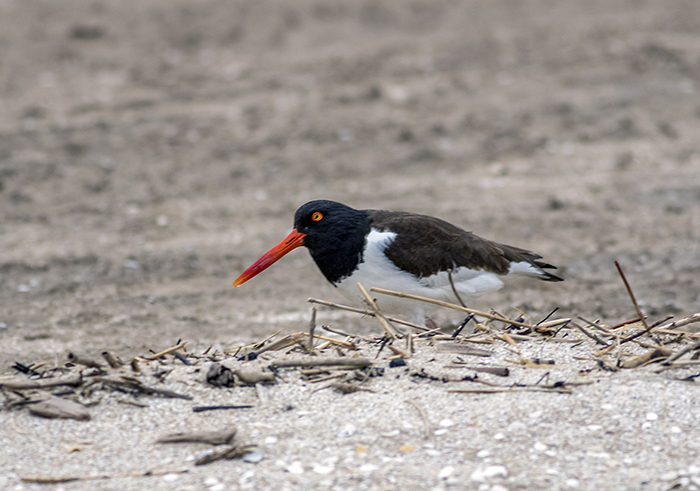
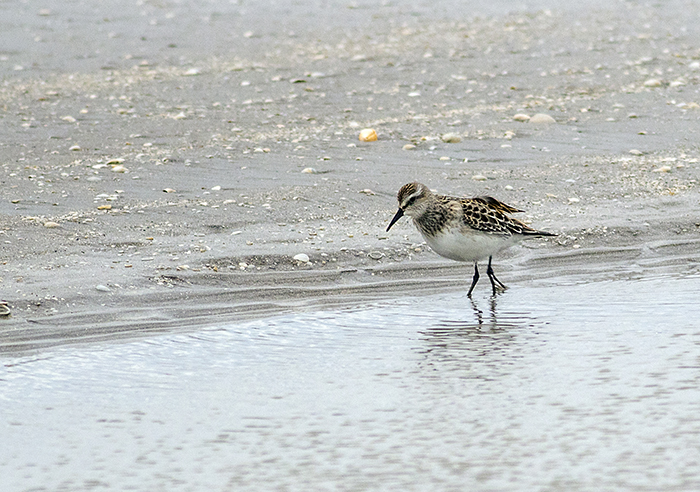
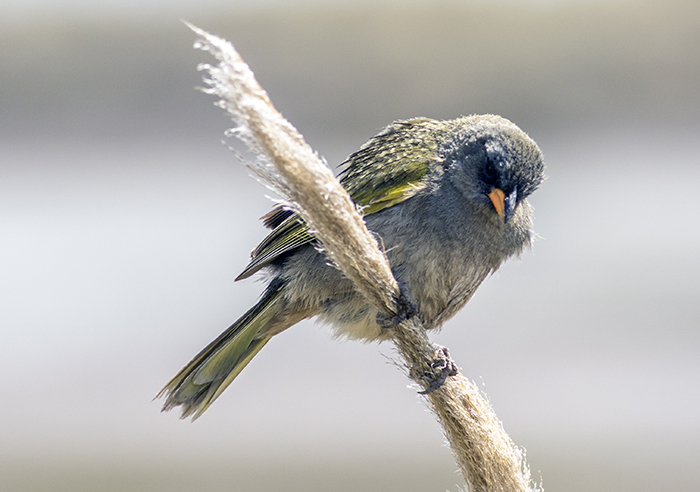
![[at end of day] gaviota cangrejera (Olrog's Gull) Larus atlanticus](https://www.eayrs.com/blog/wp-content/uploads/2016/01/151019-Olrog-gull-bw-Punta-Rasa.jpg)
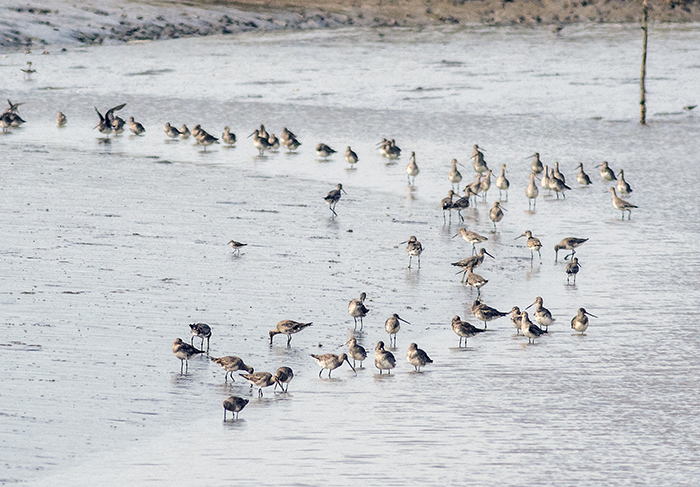
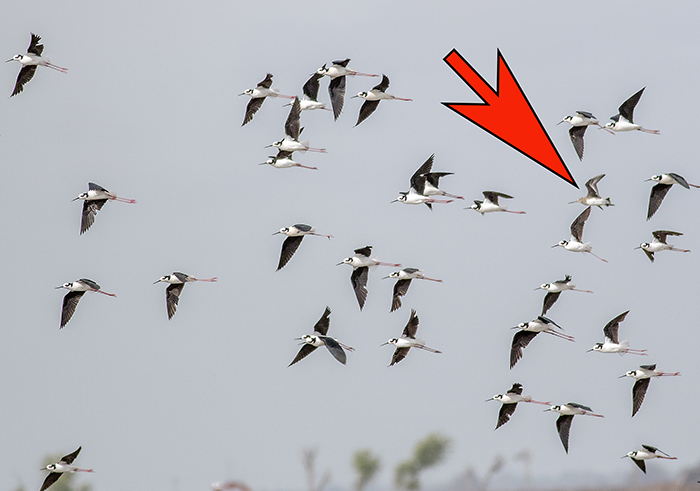
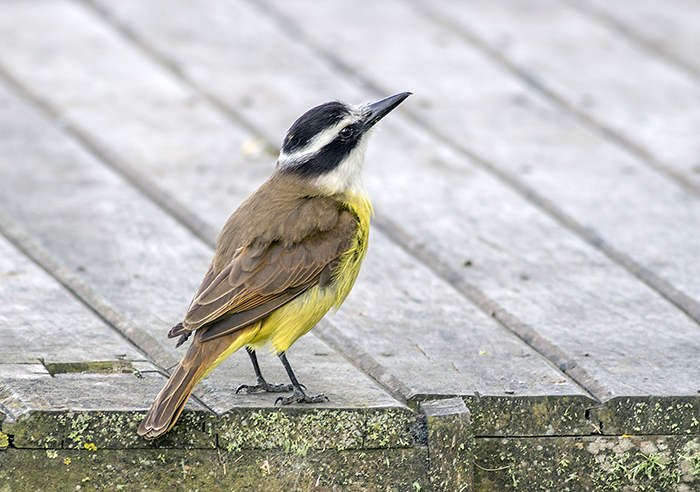
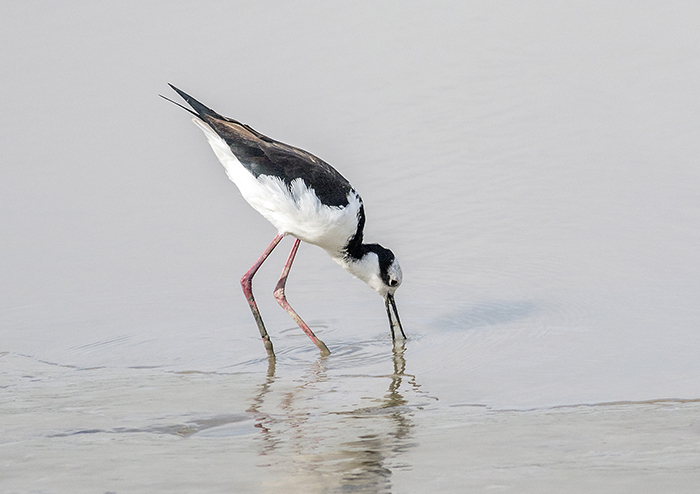
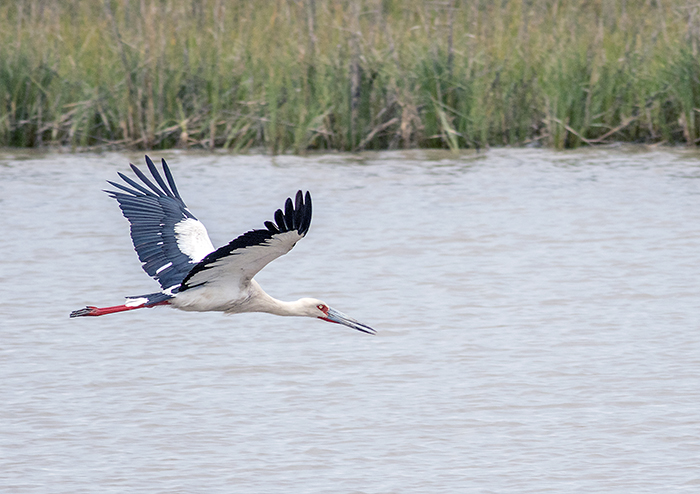
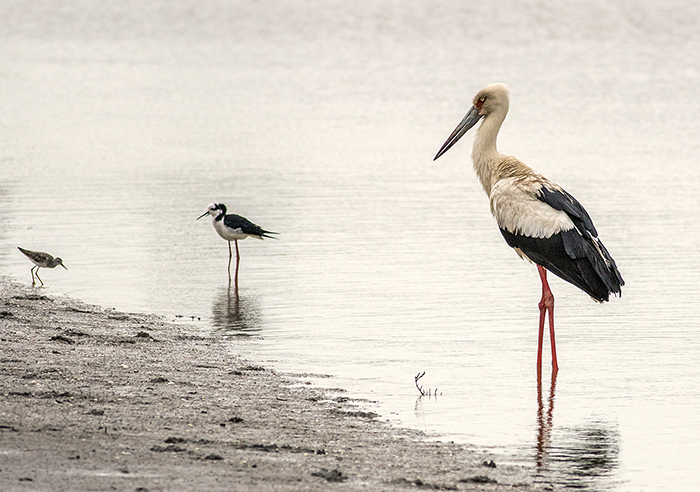
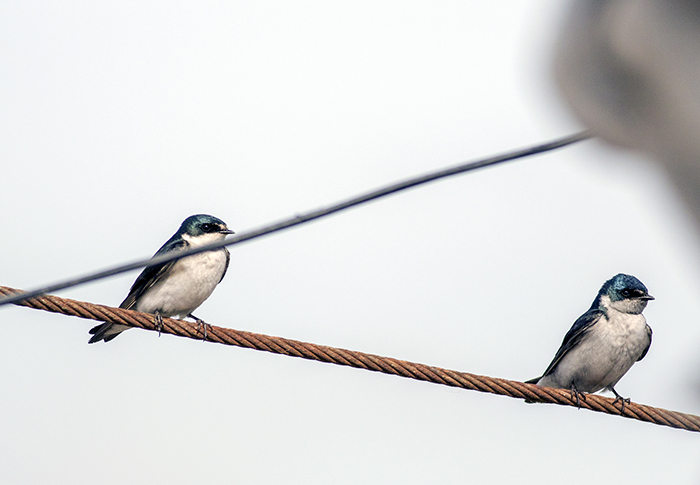
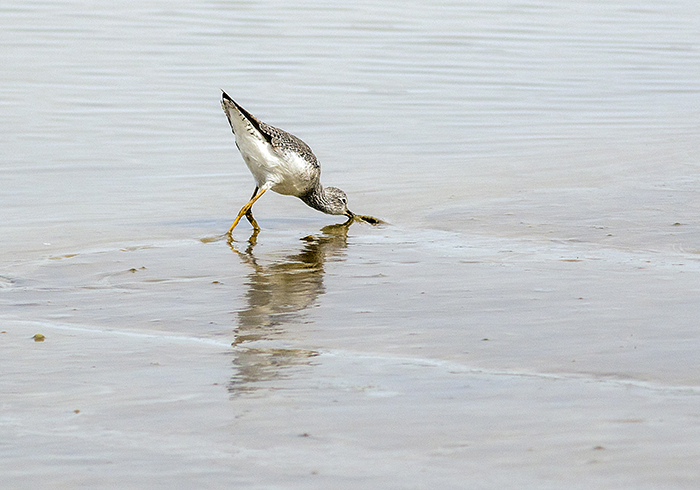
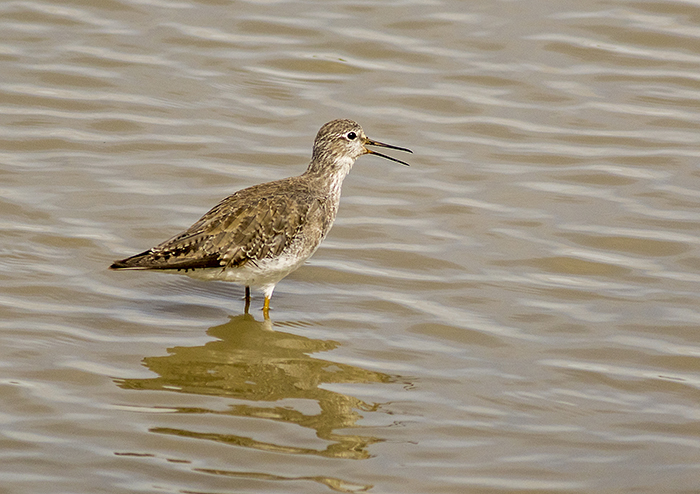
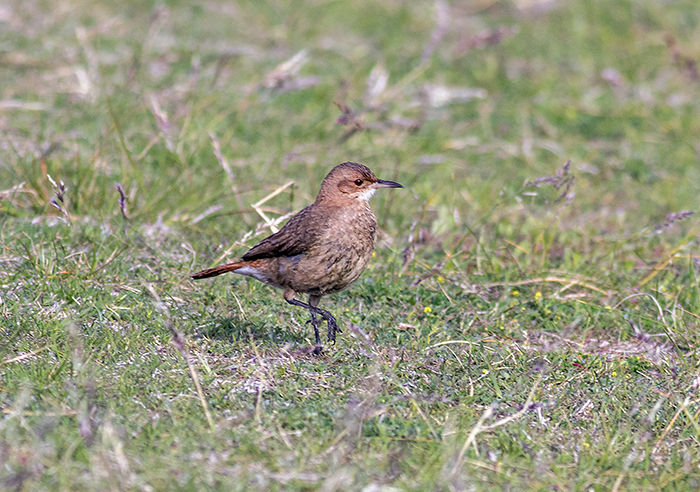
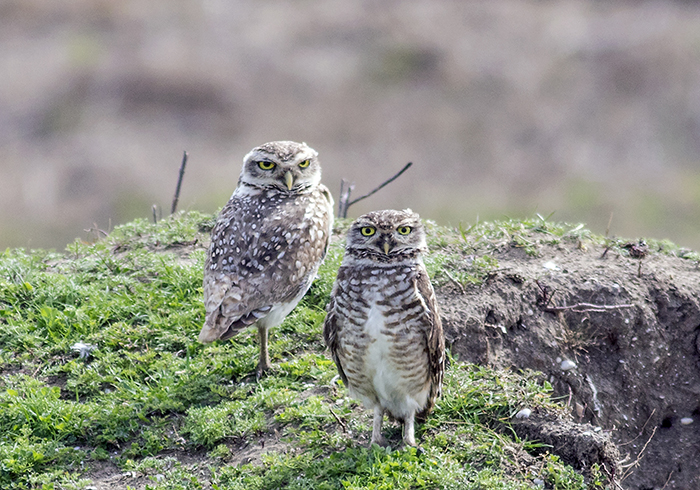
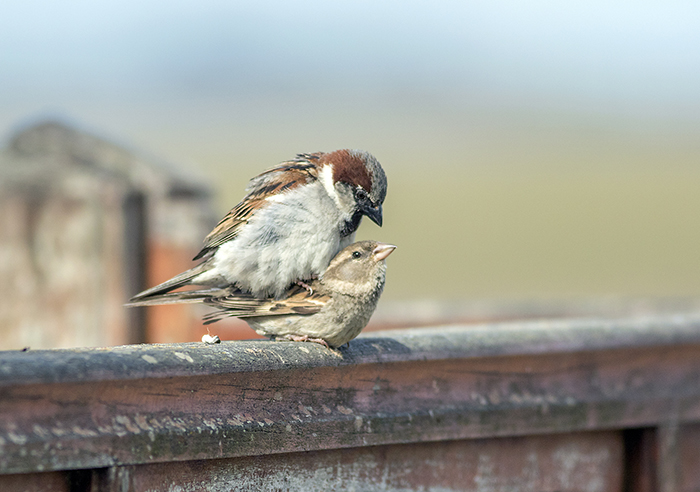
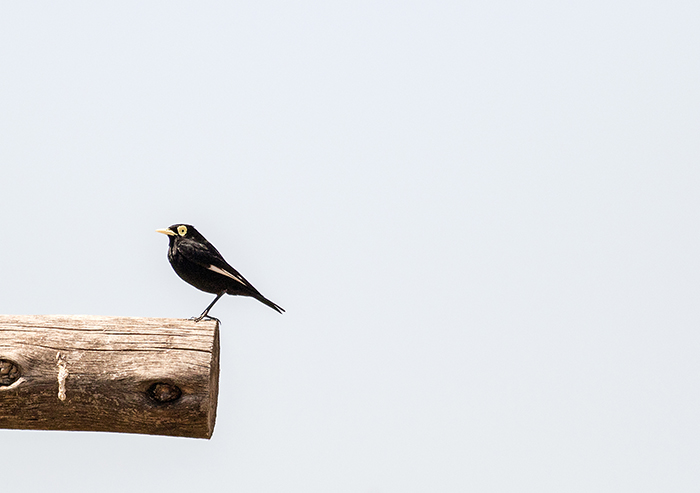
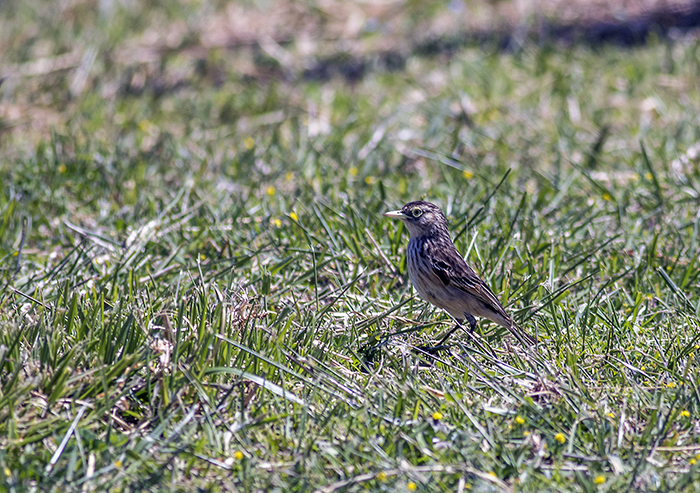
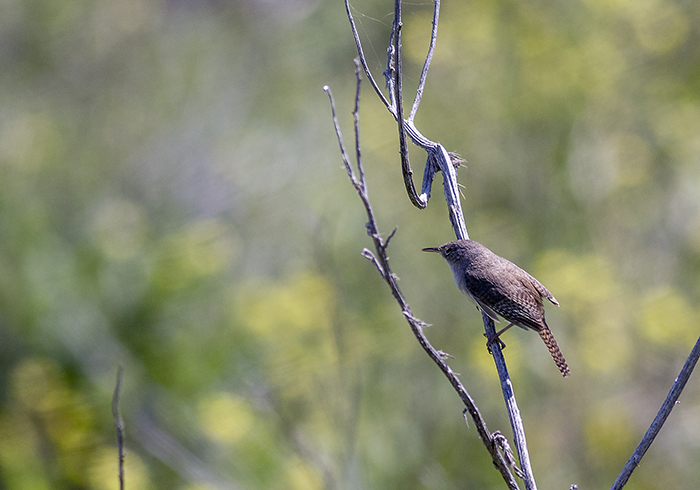
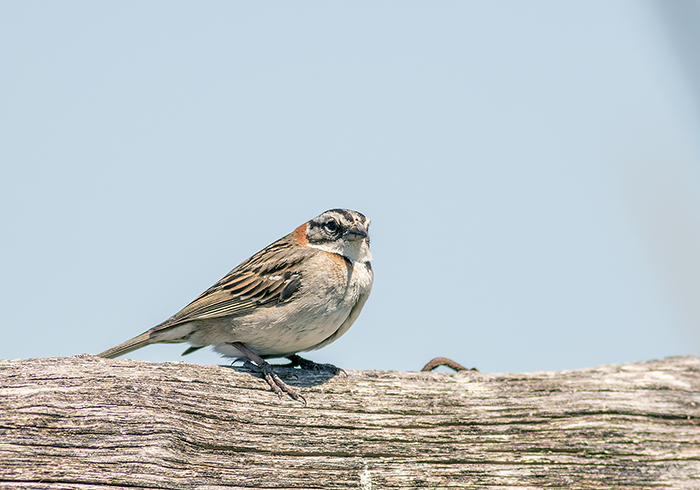
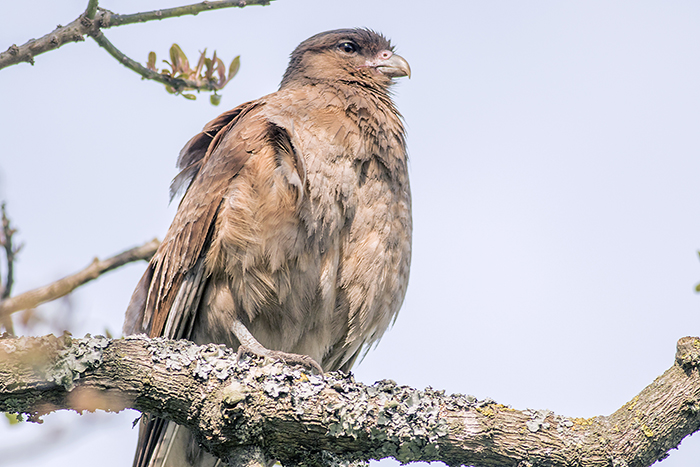
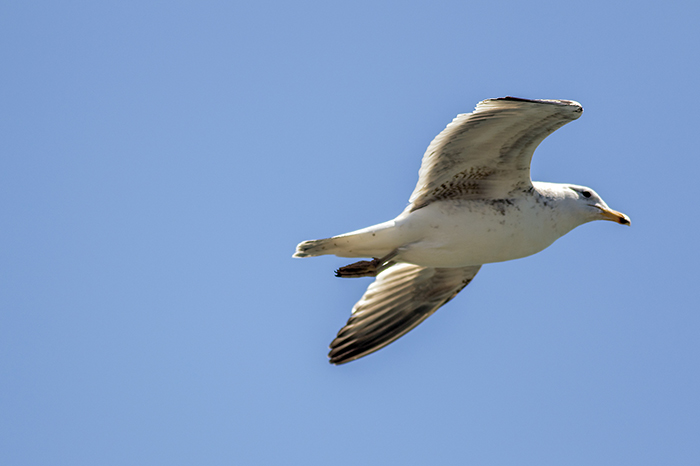

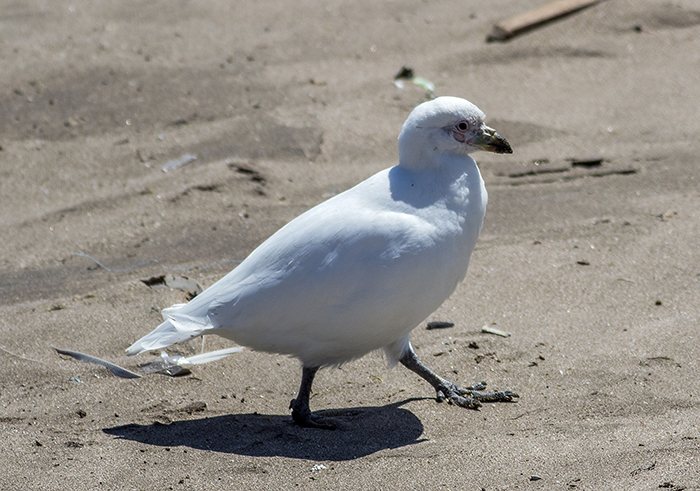
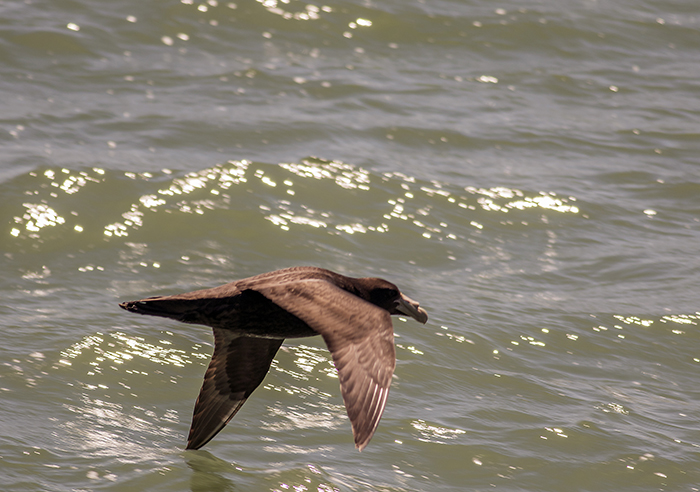
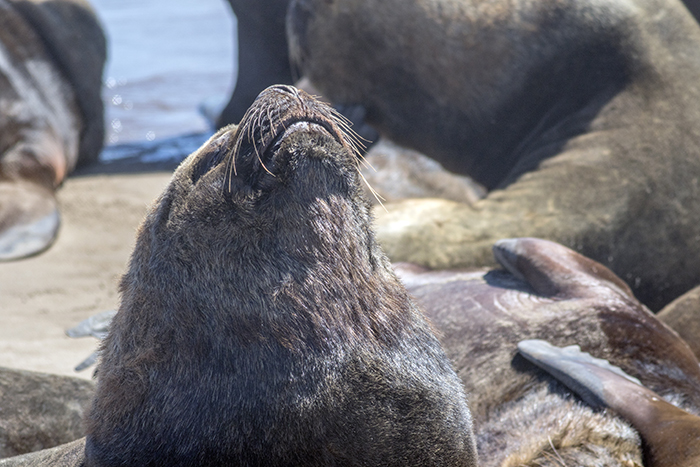
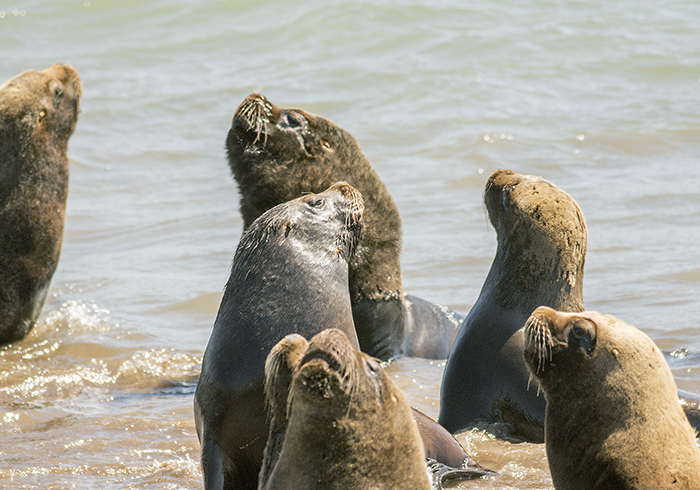
 This place was started and run with the best of intentions as a rescue centre but over time funding for the basics (maintenance, food, animal care) has been much reduced and the place is a little run down. The people running it were very friendly and obviously caring insofar as resources permitted, but (one feels) way out of their depth in their efforts.
This place was started and run with the best of intentions as a rescue centre but over time funding for the basics (maintenance, food, animal care) has been much reduced and the place is a little run down. The people running it were very friendly and obviously caring insofar as resources permitted, but (one feels) way out of their depth in their efforts.








